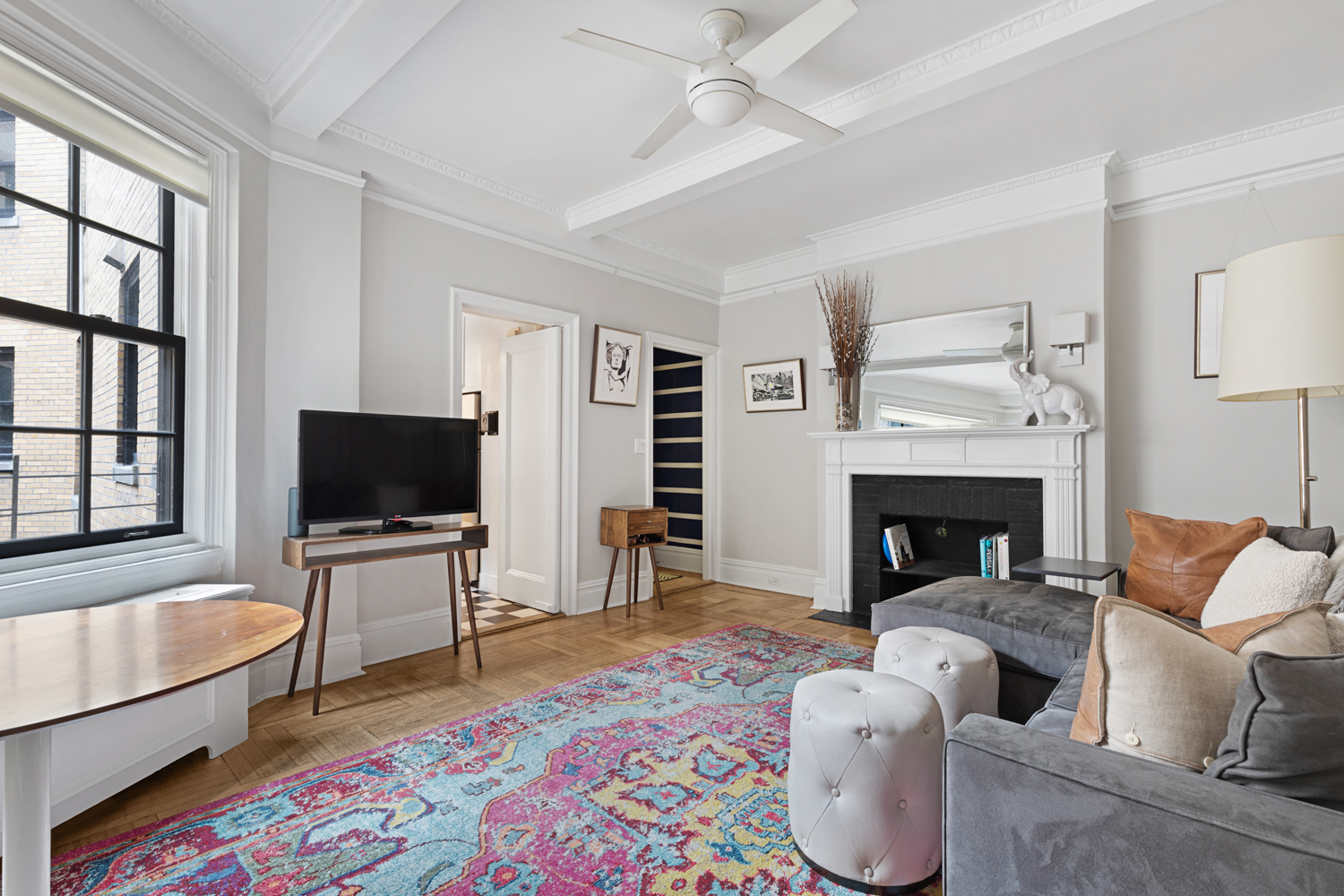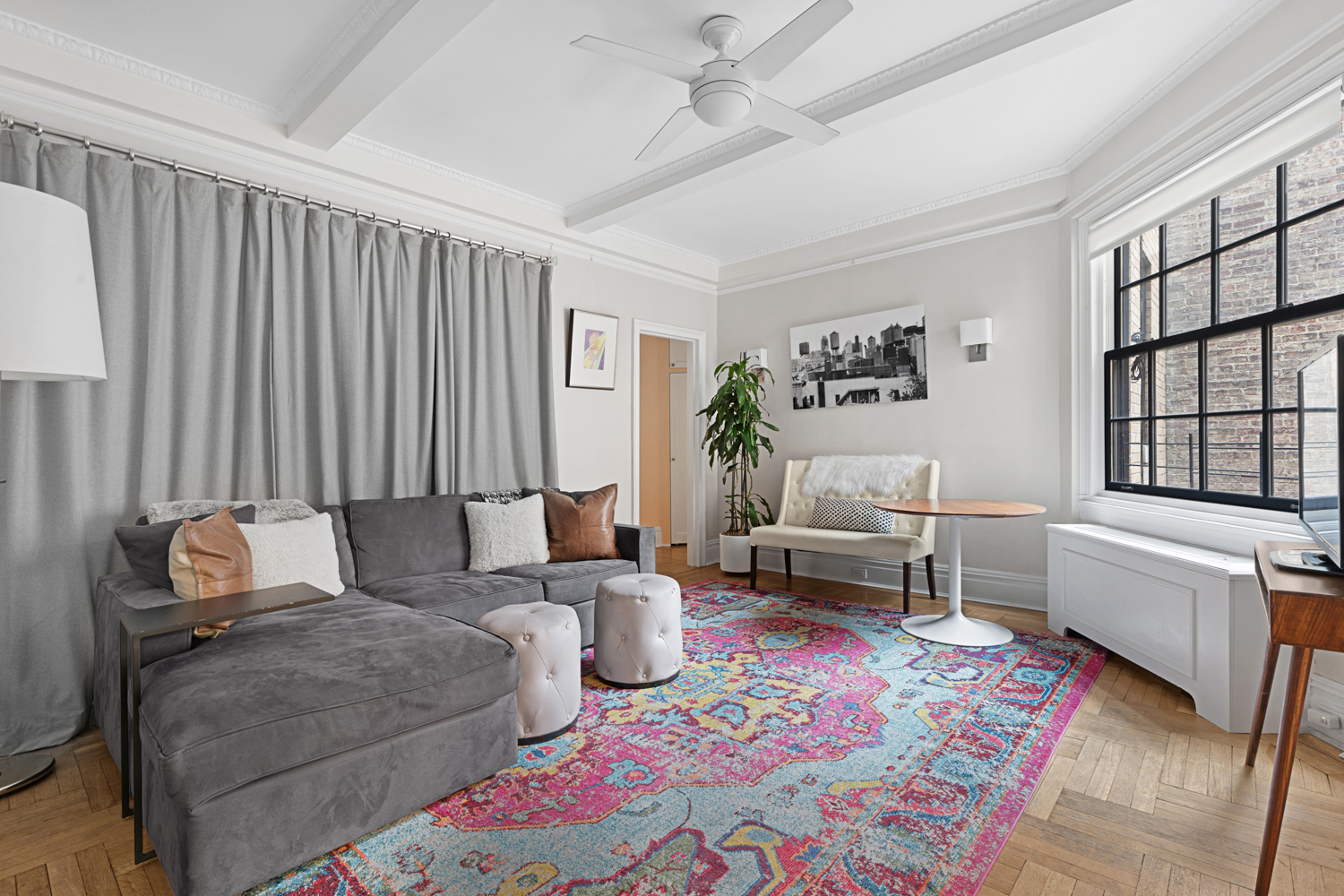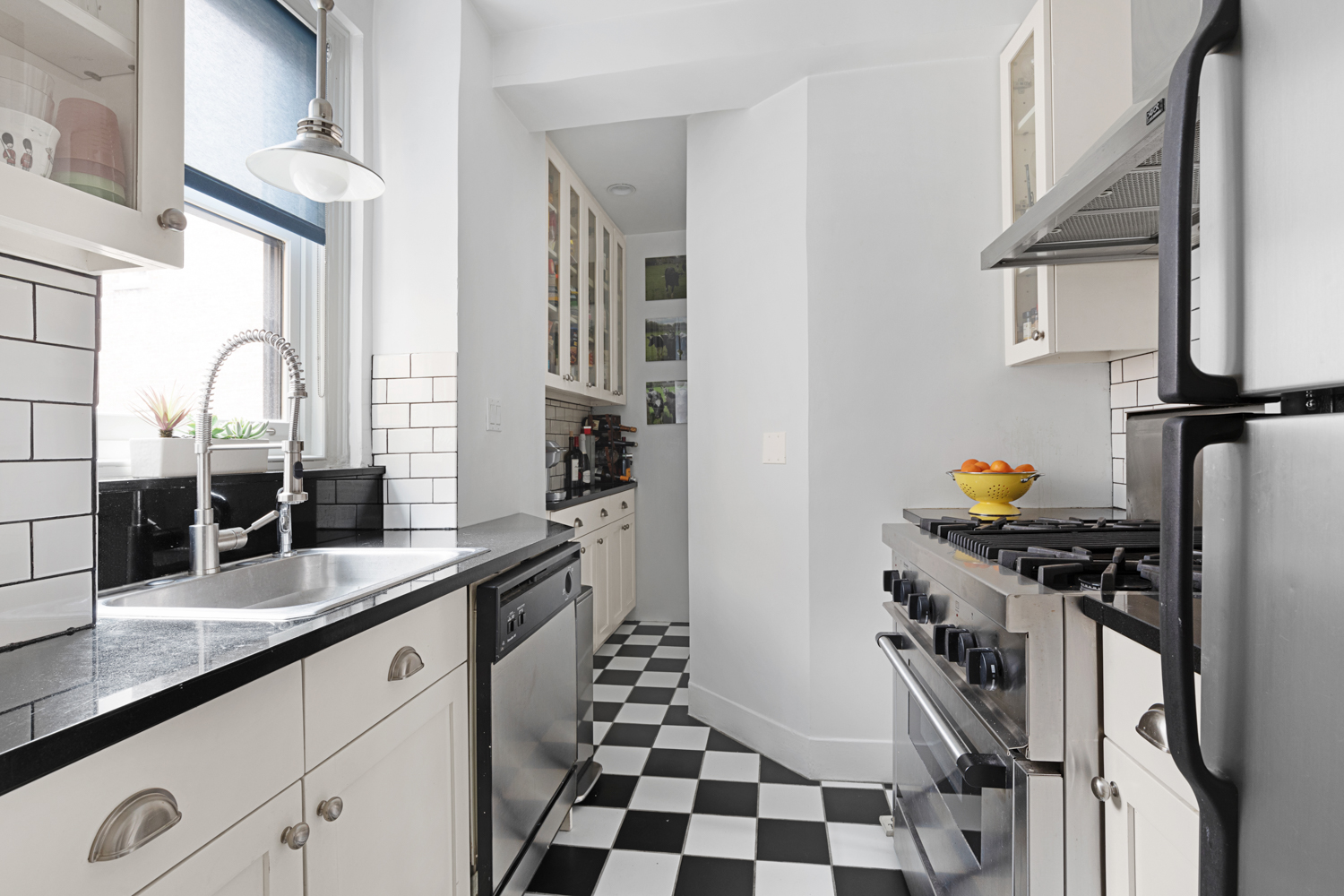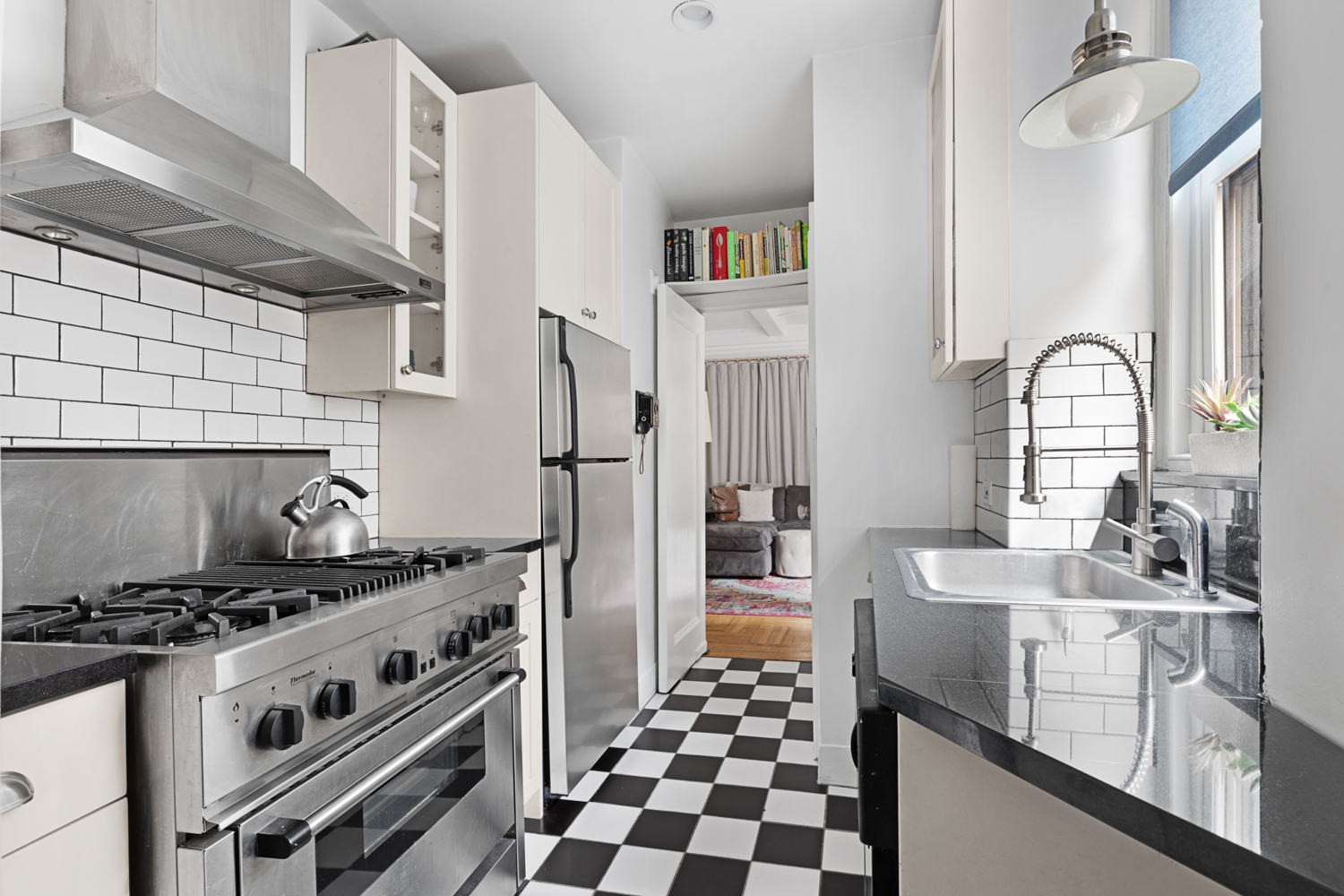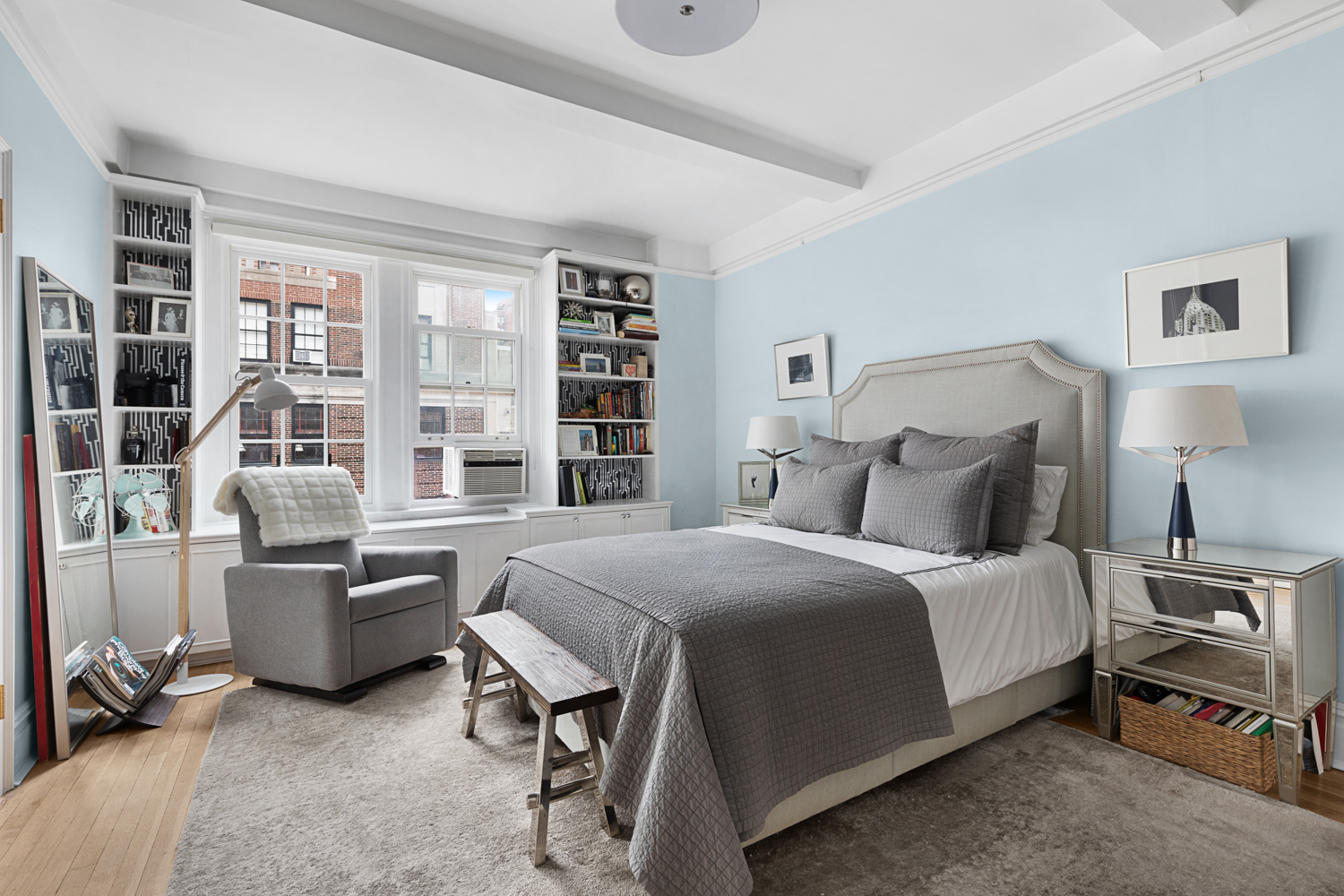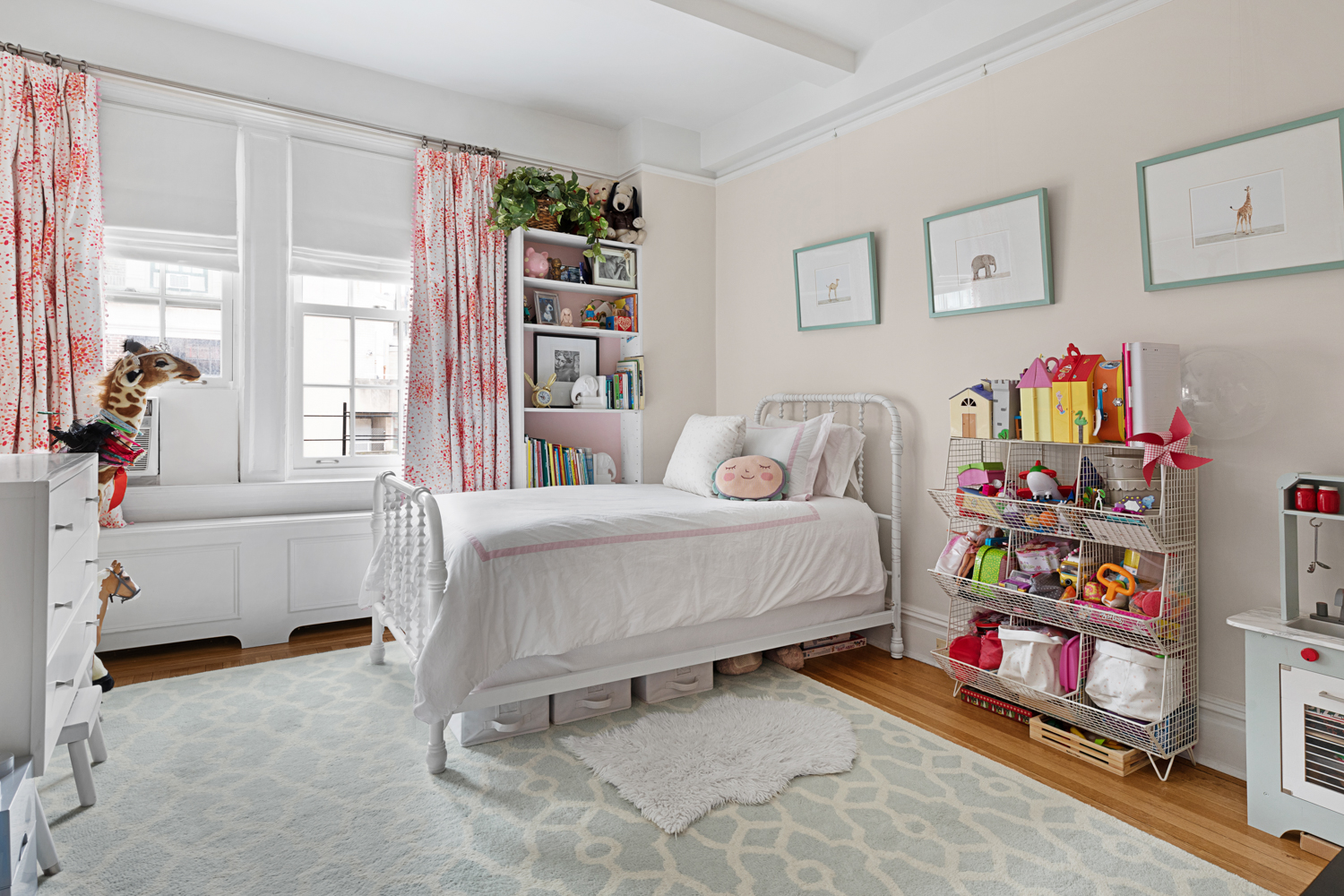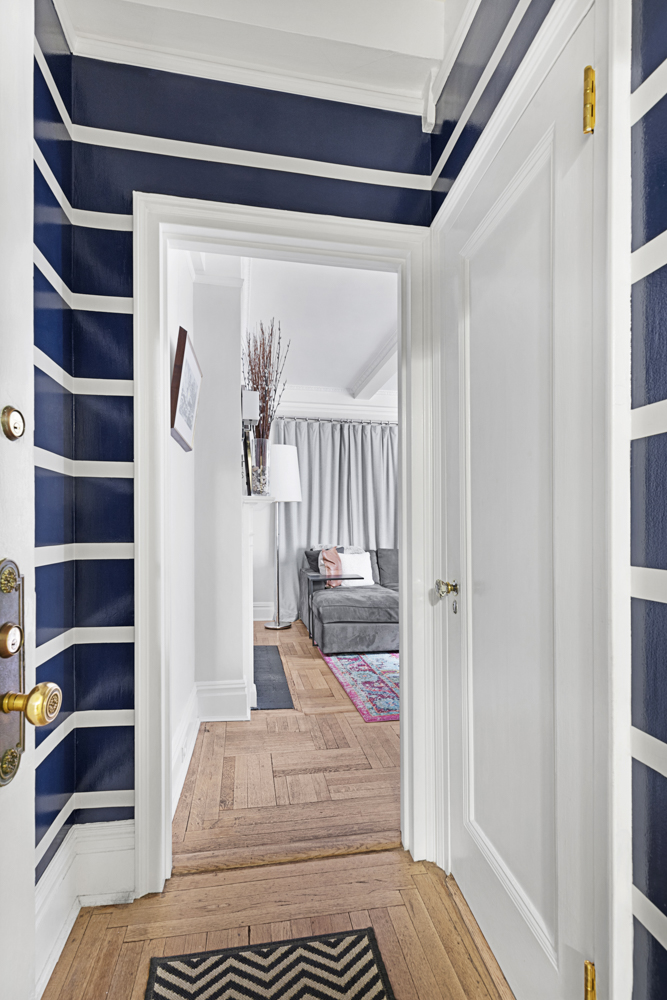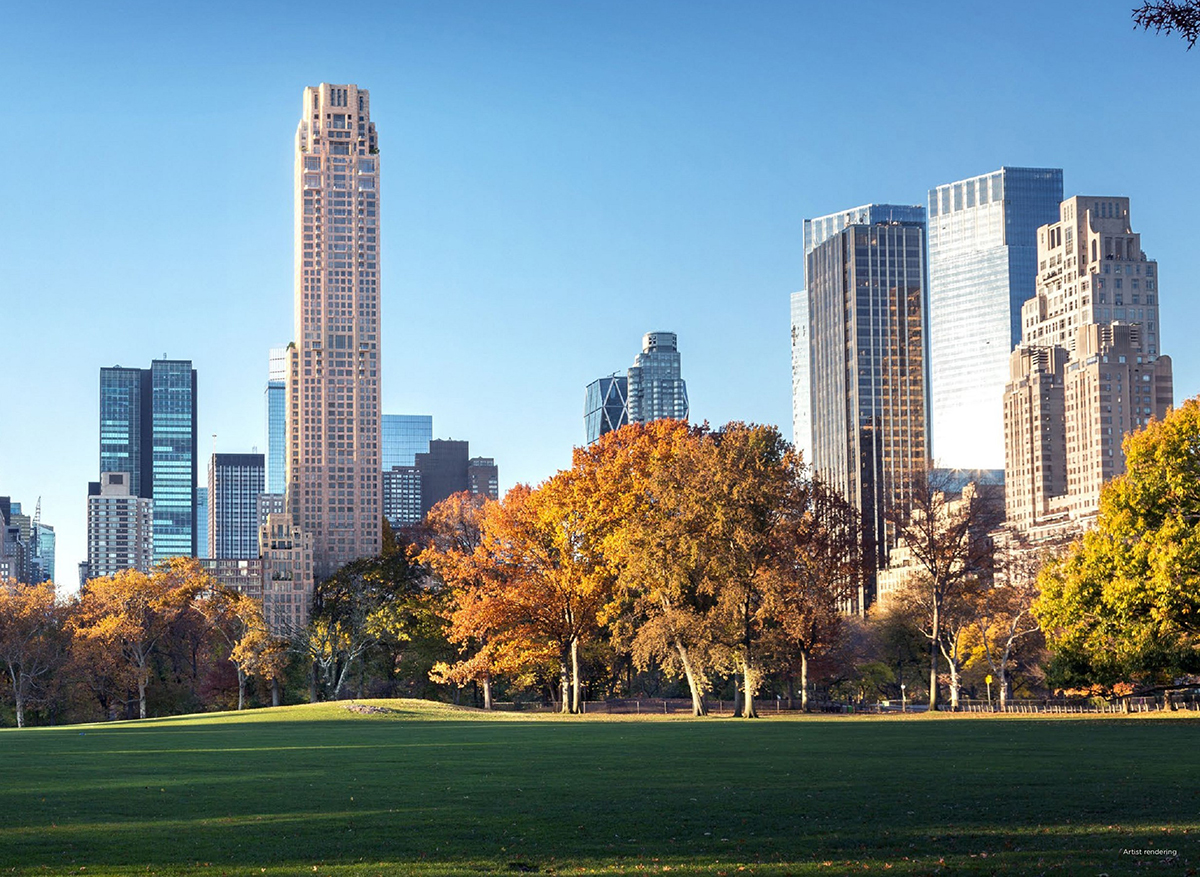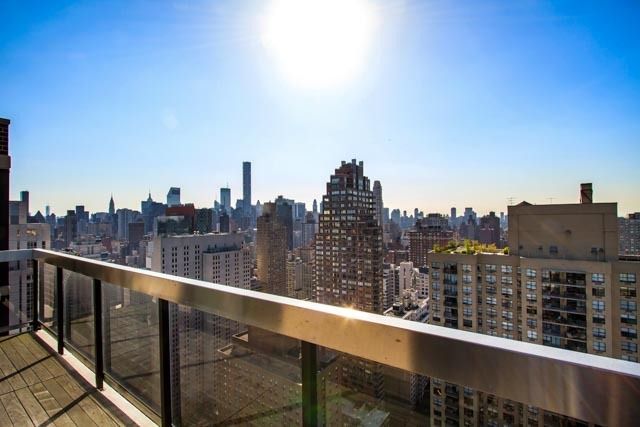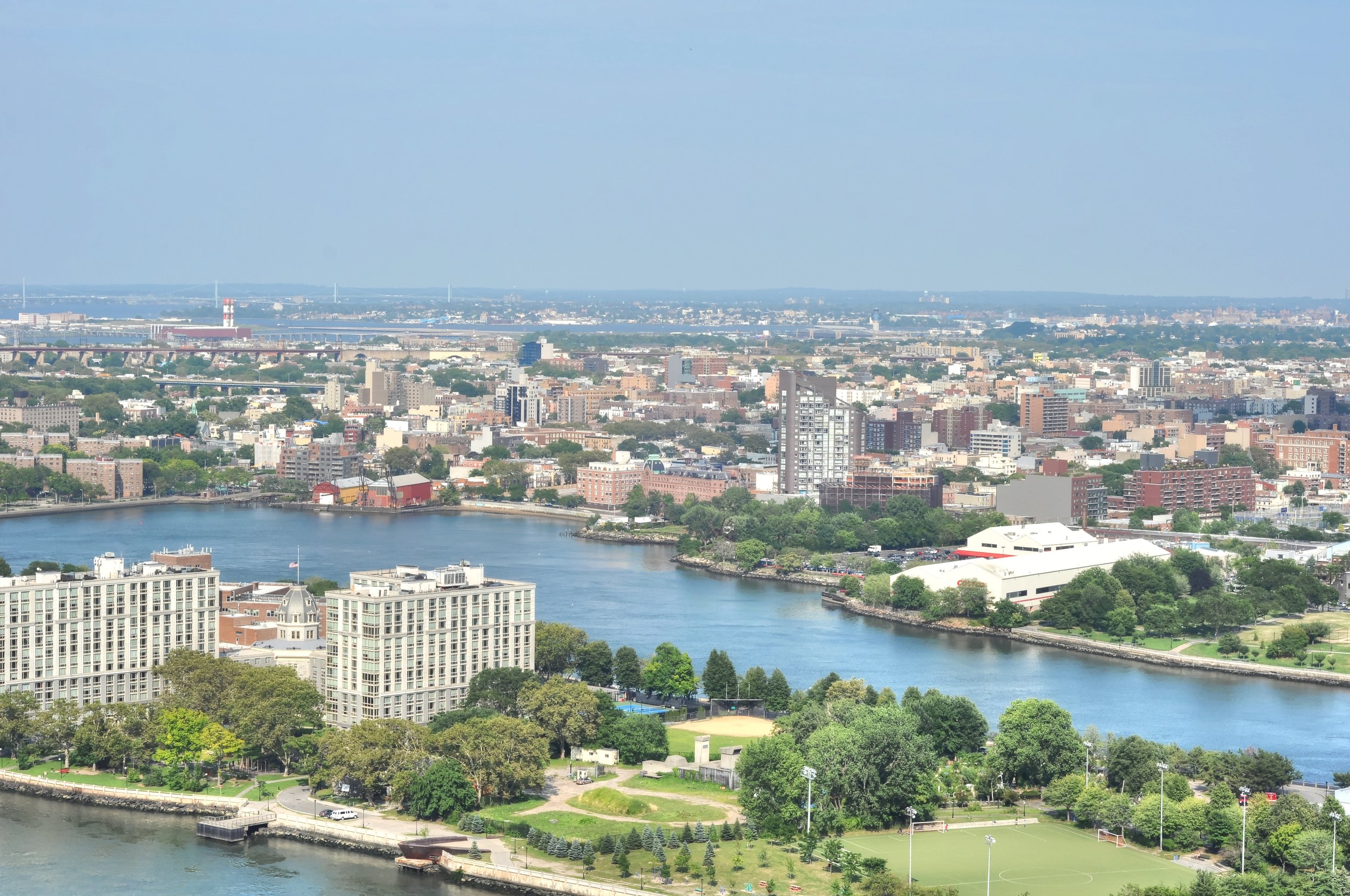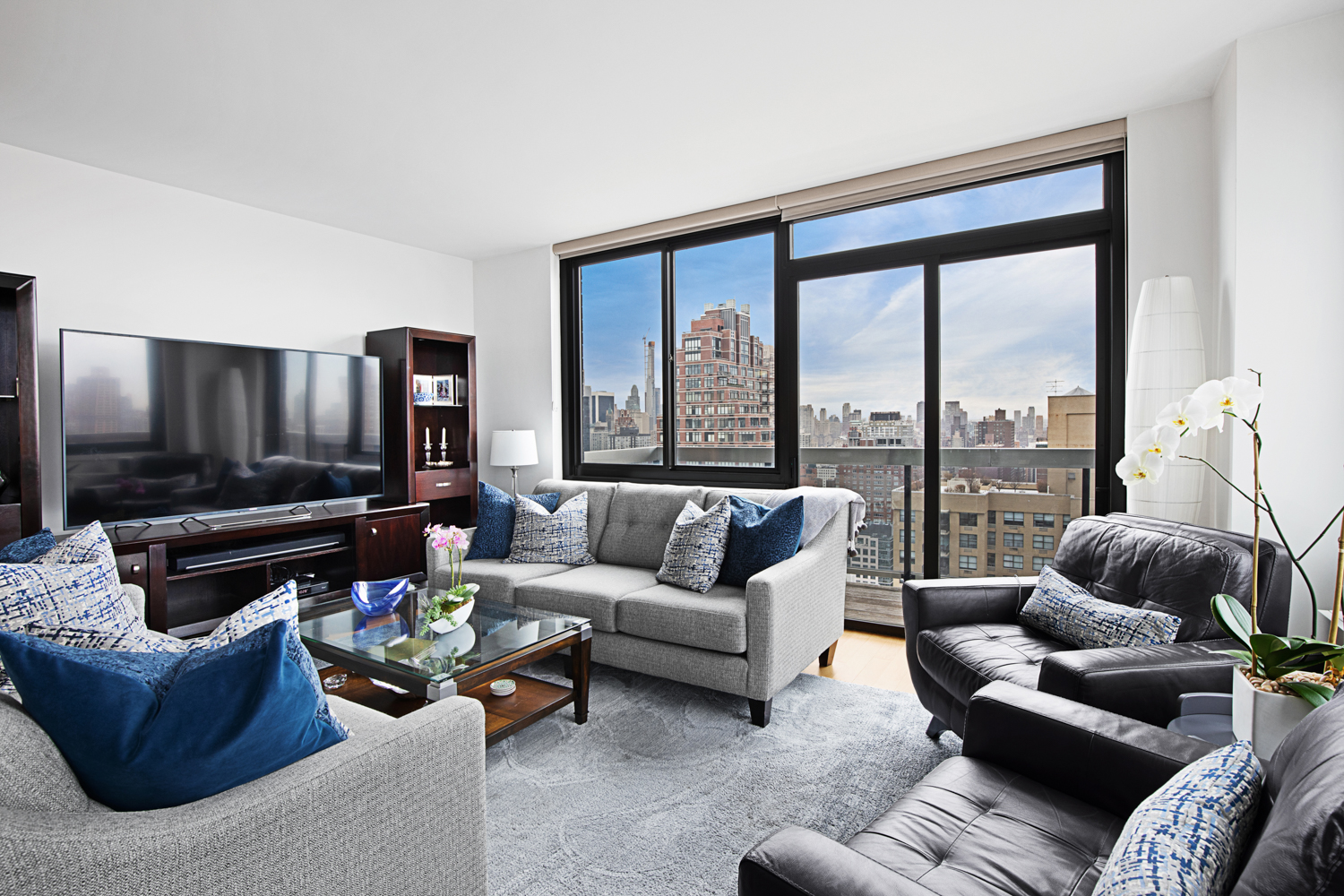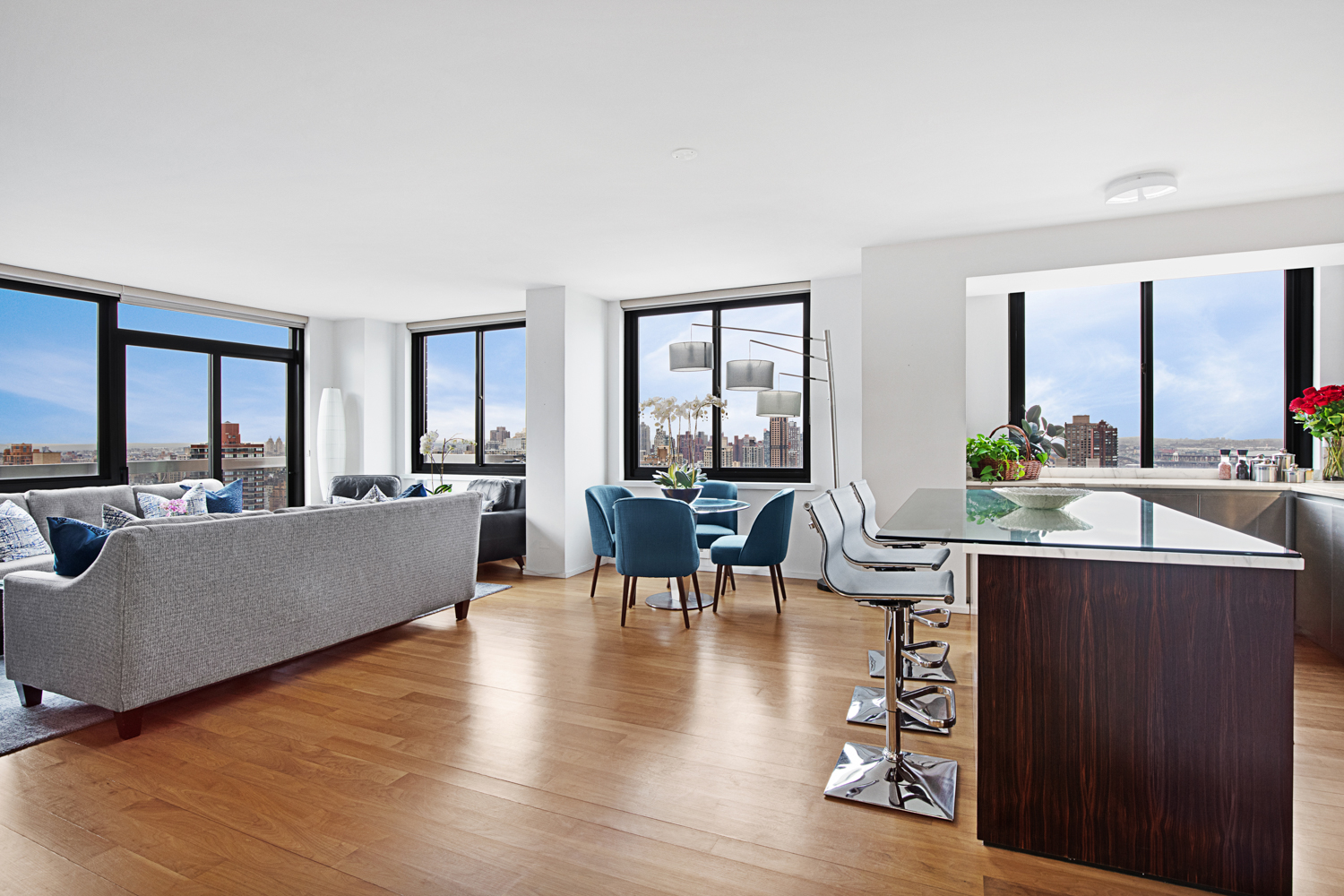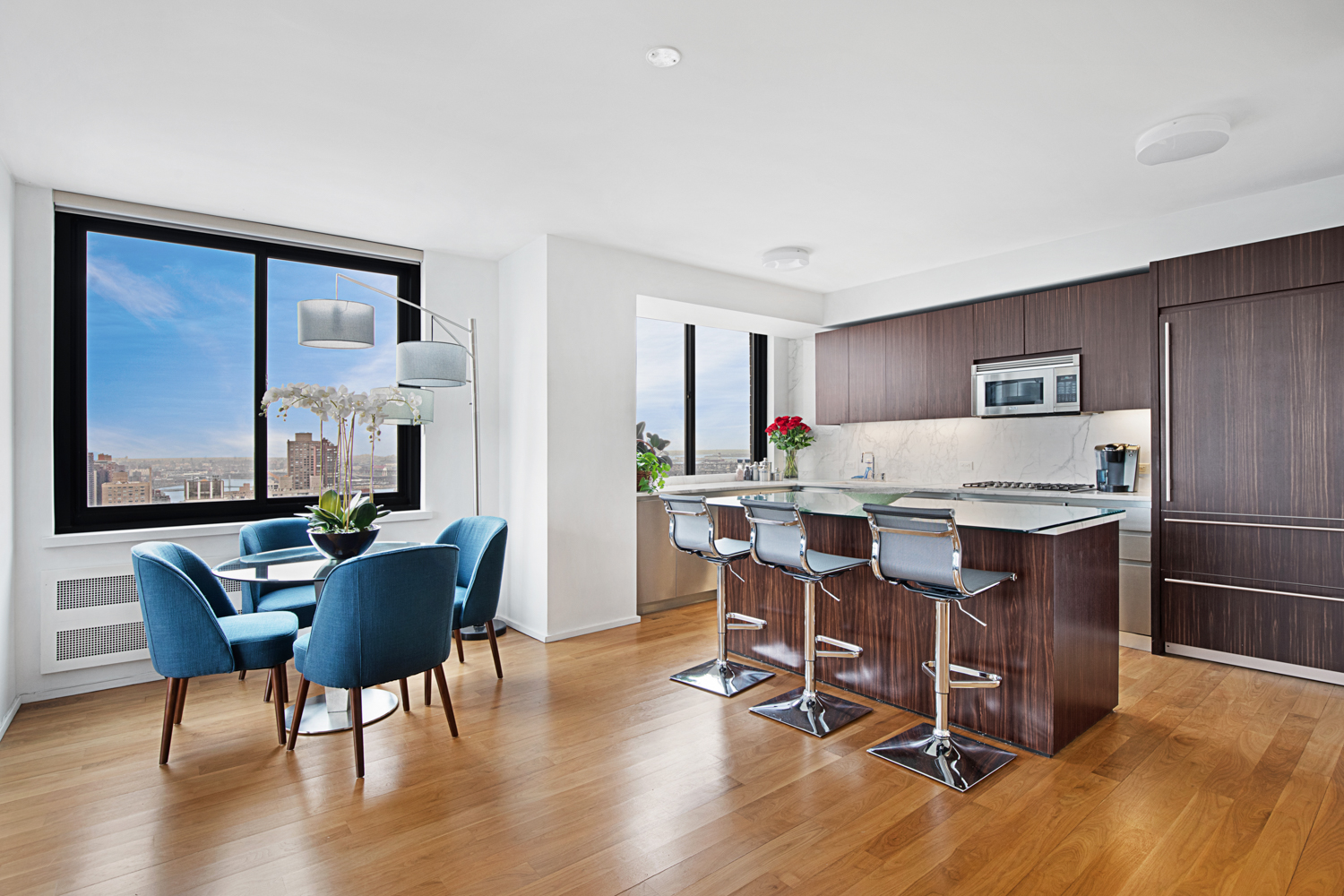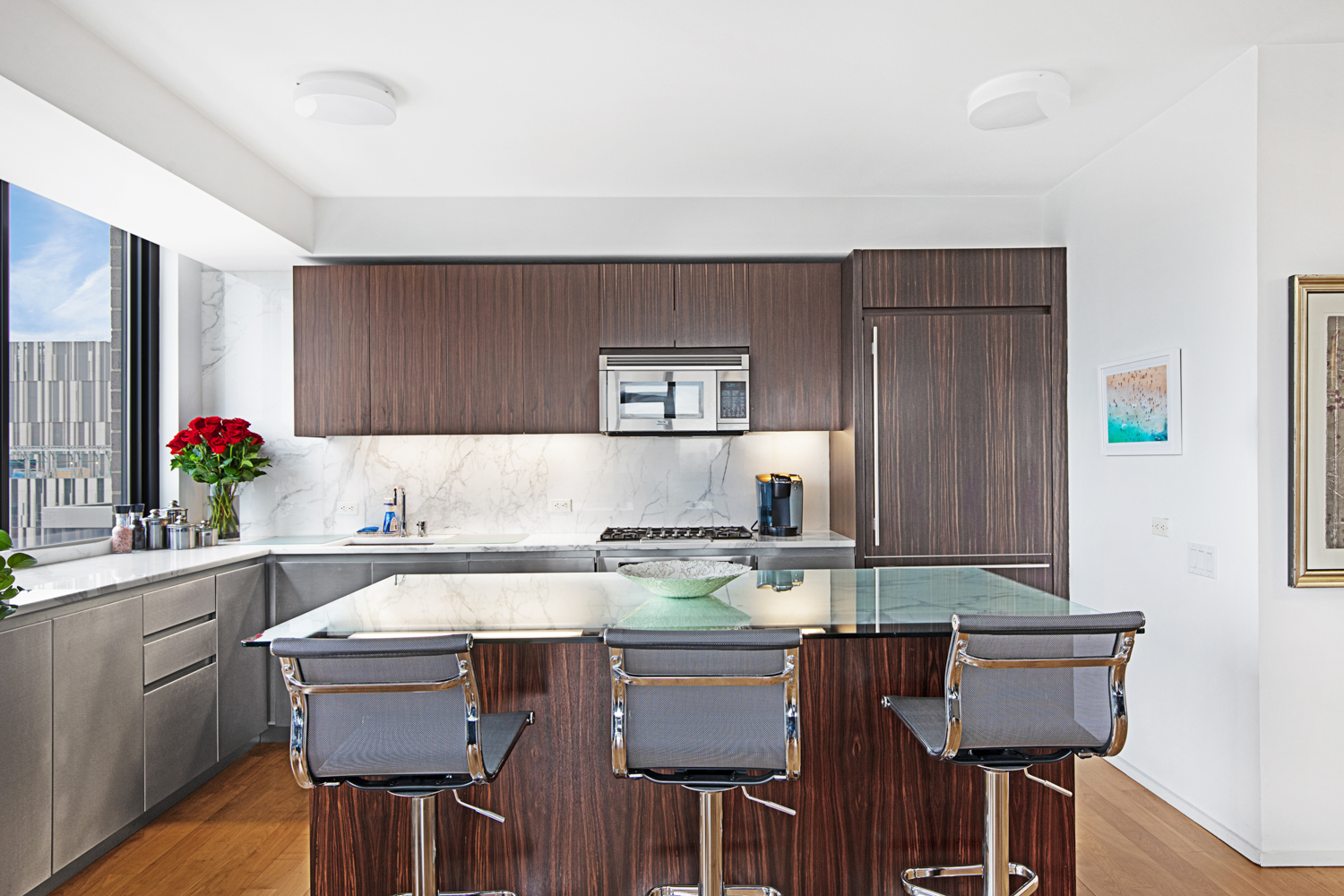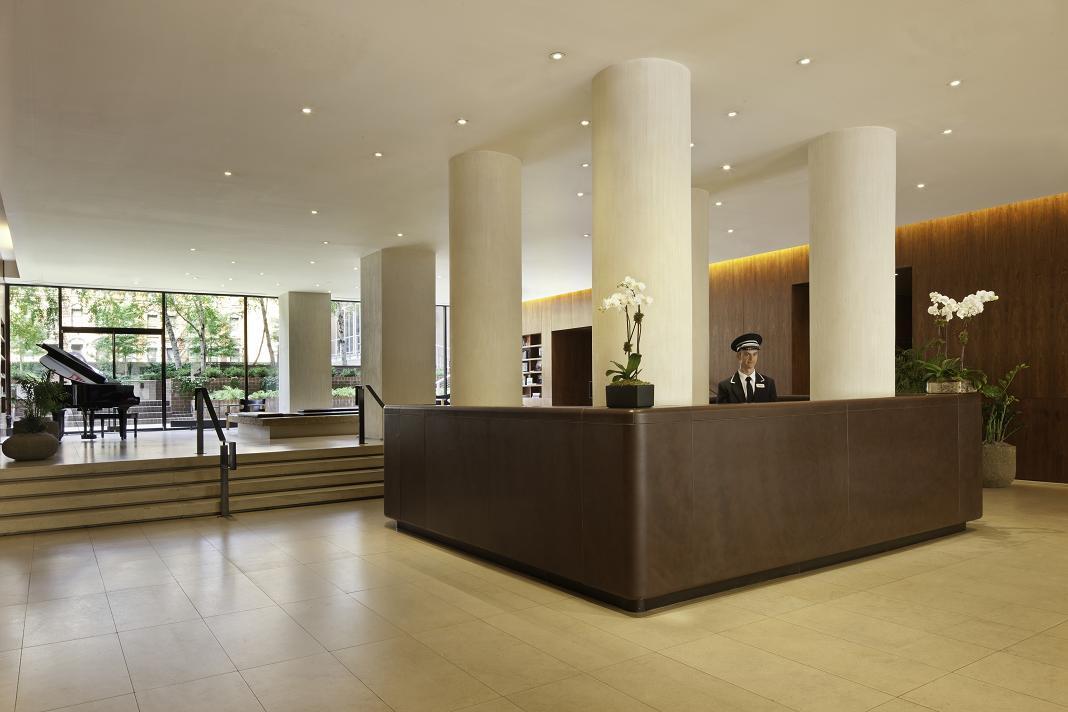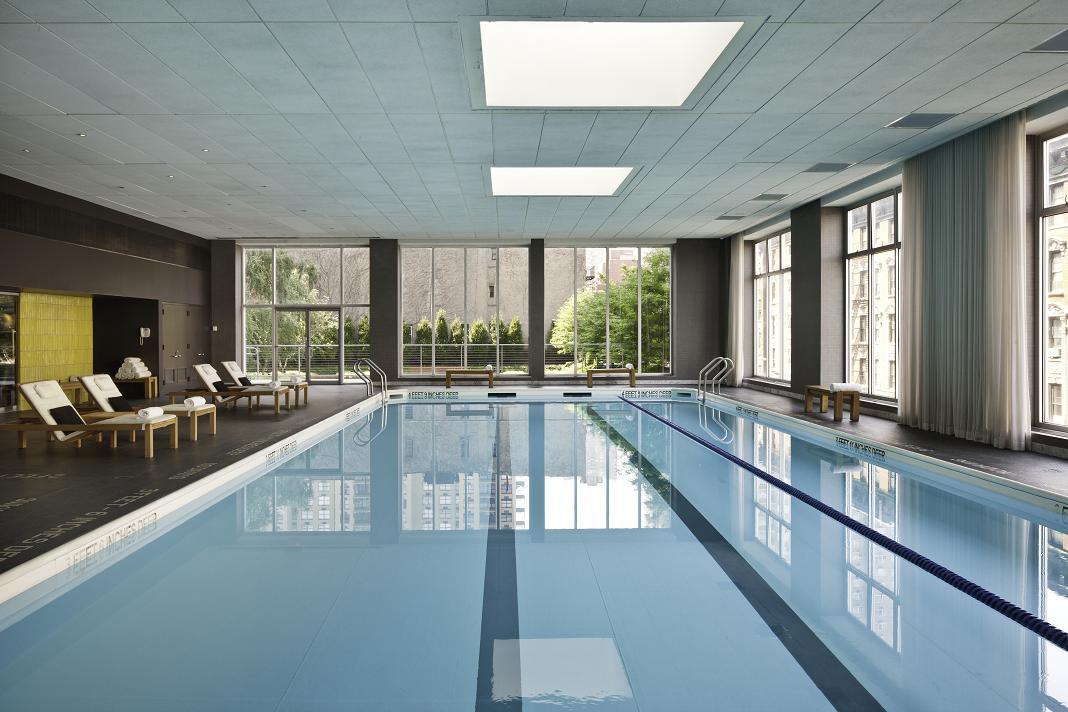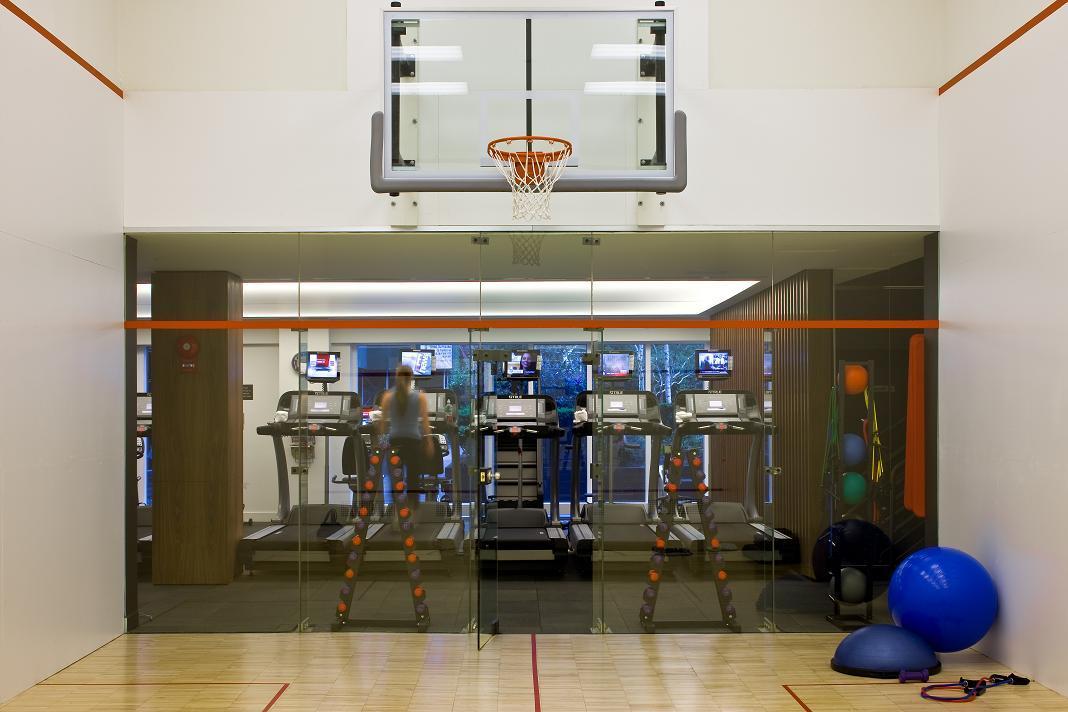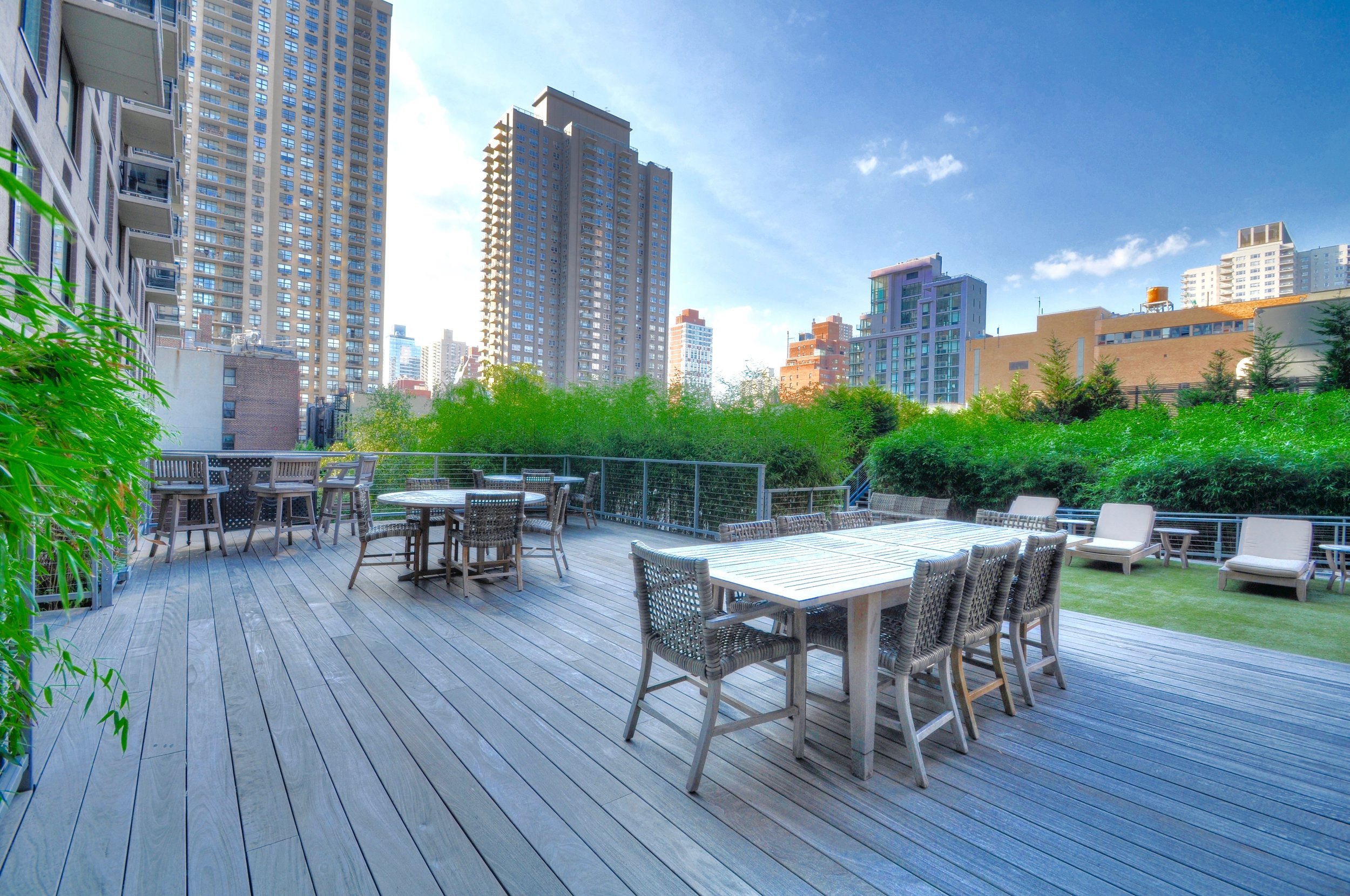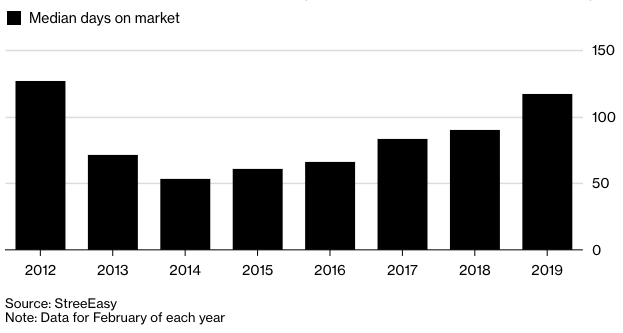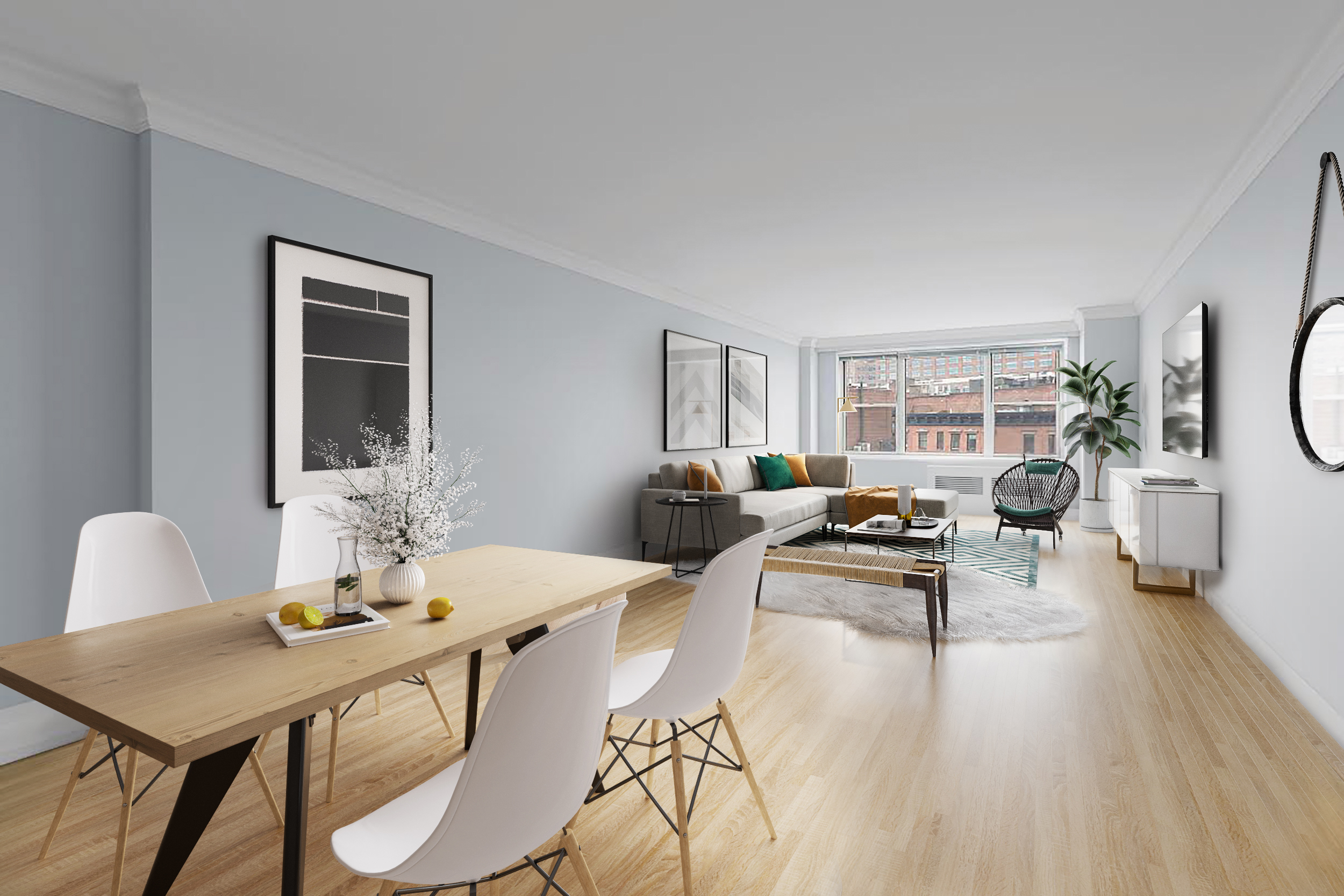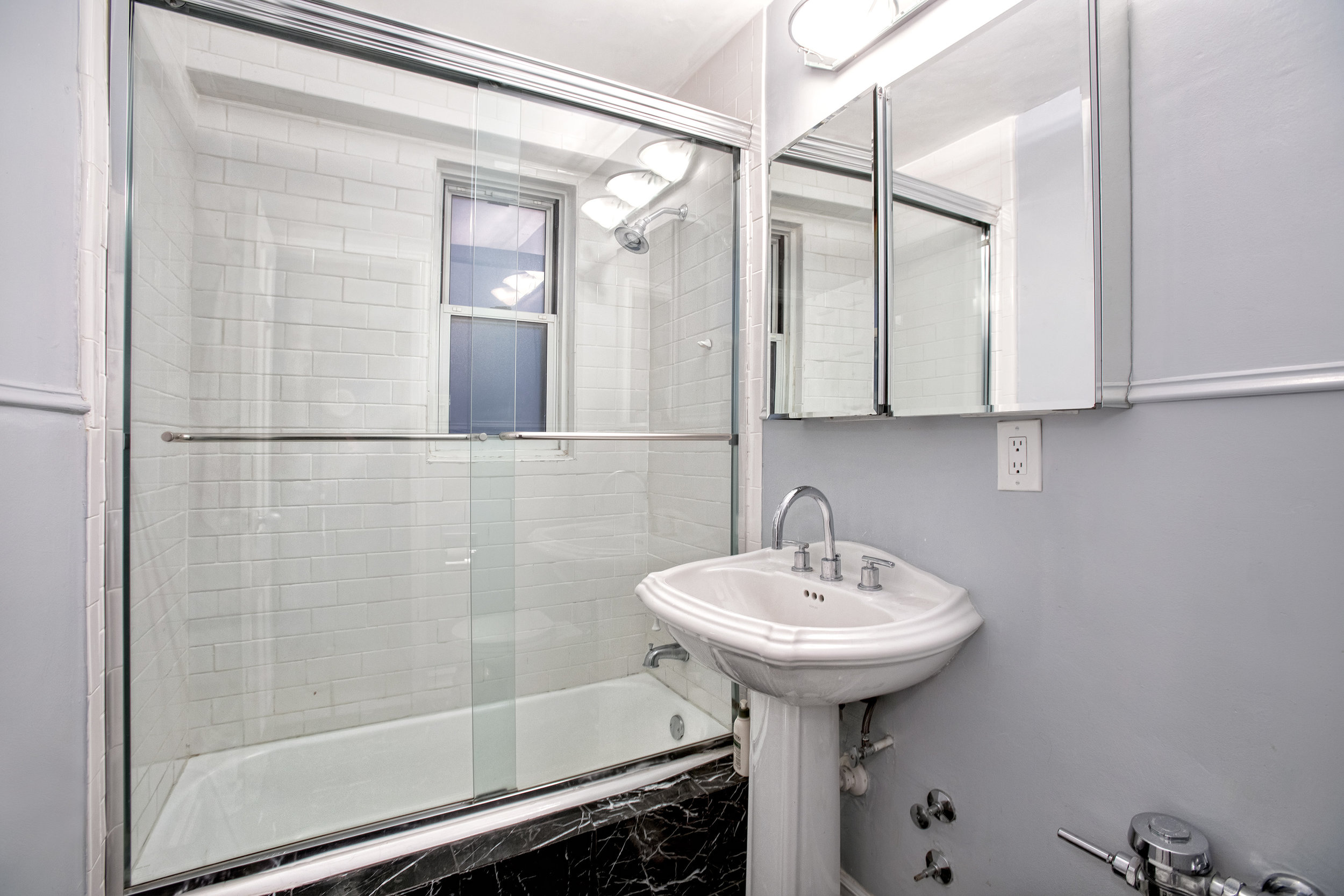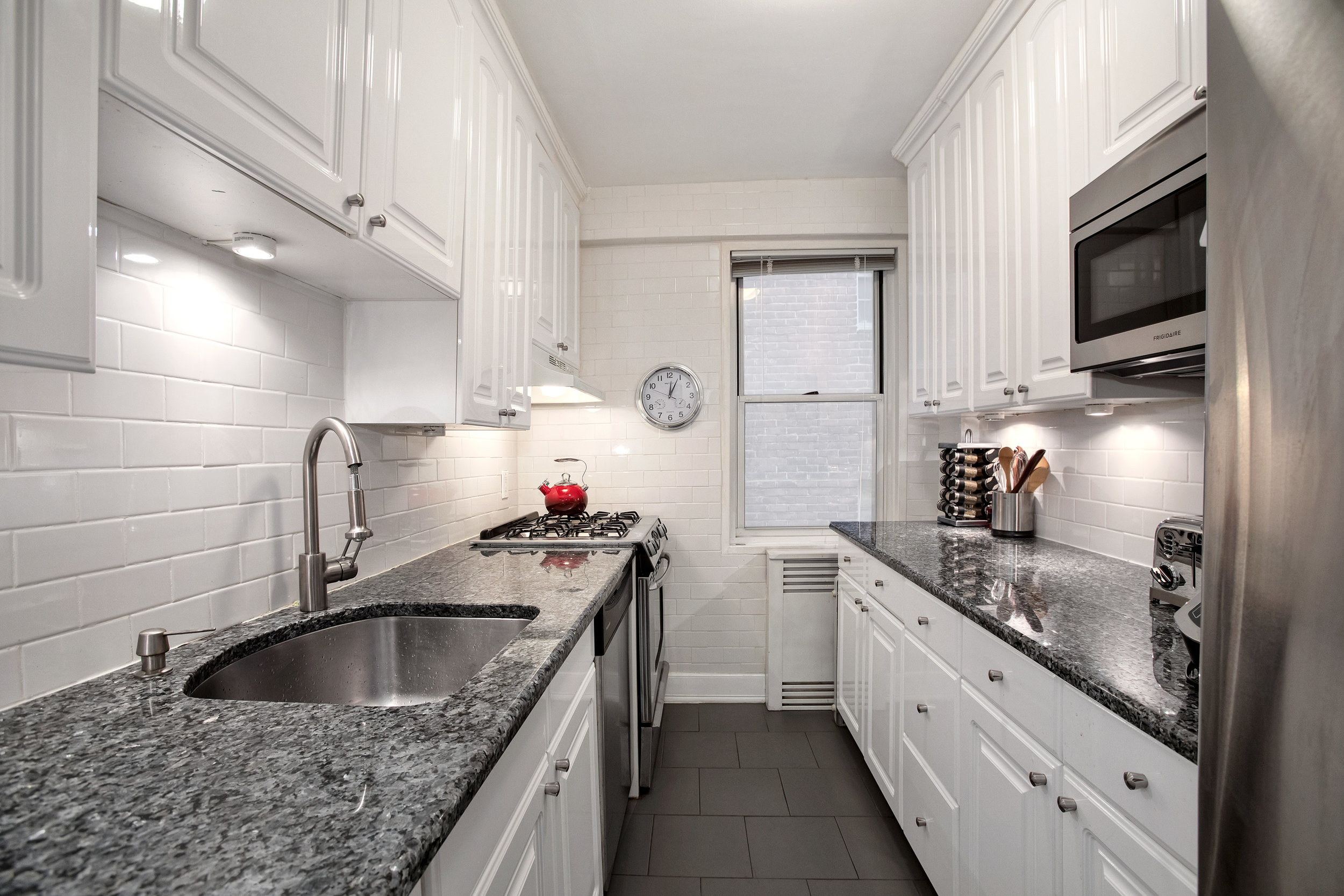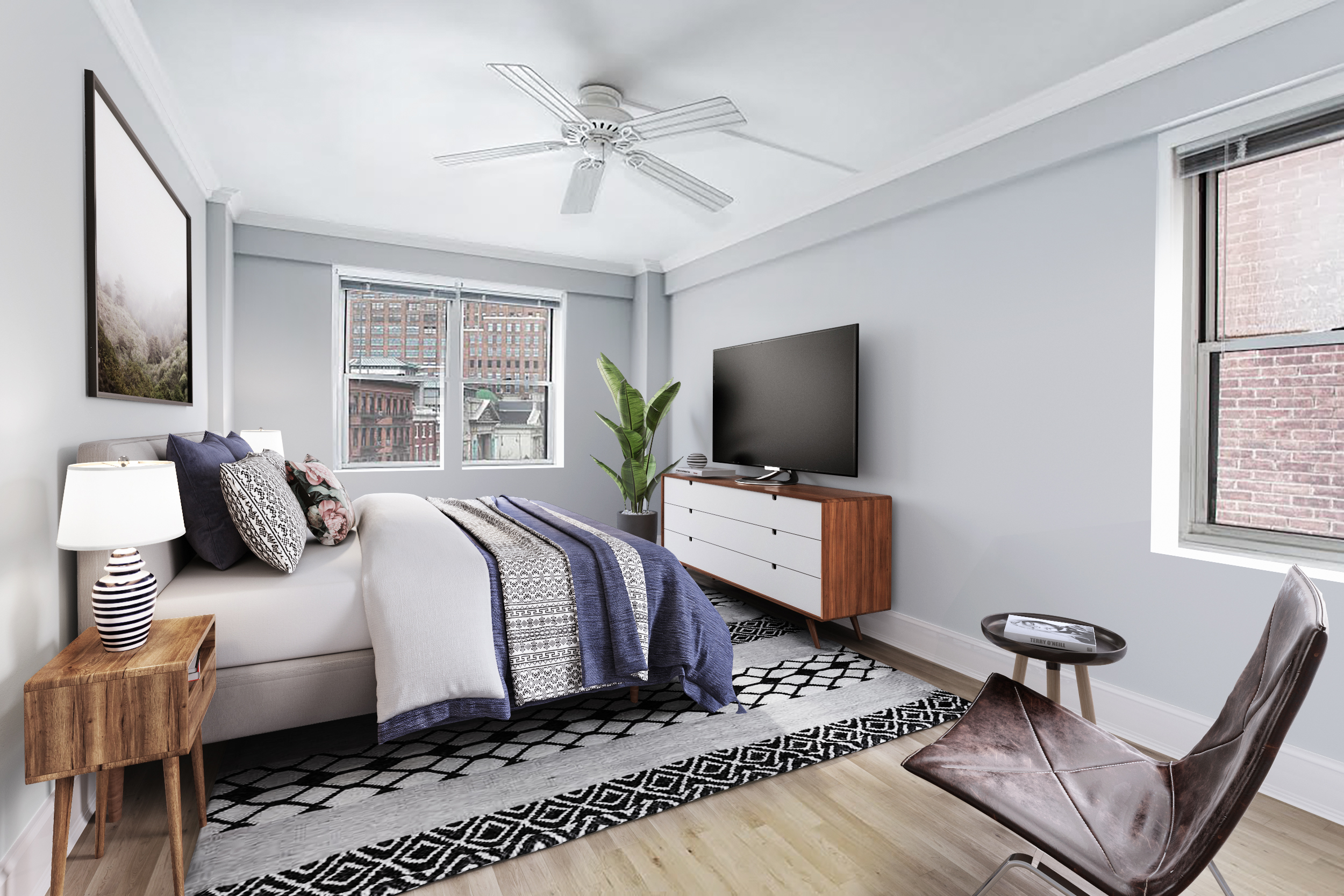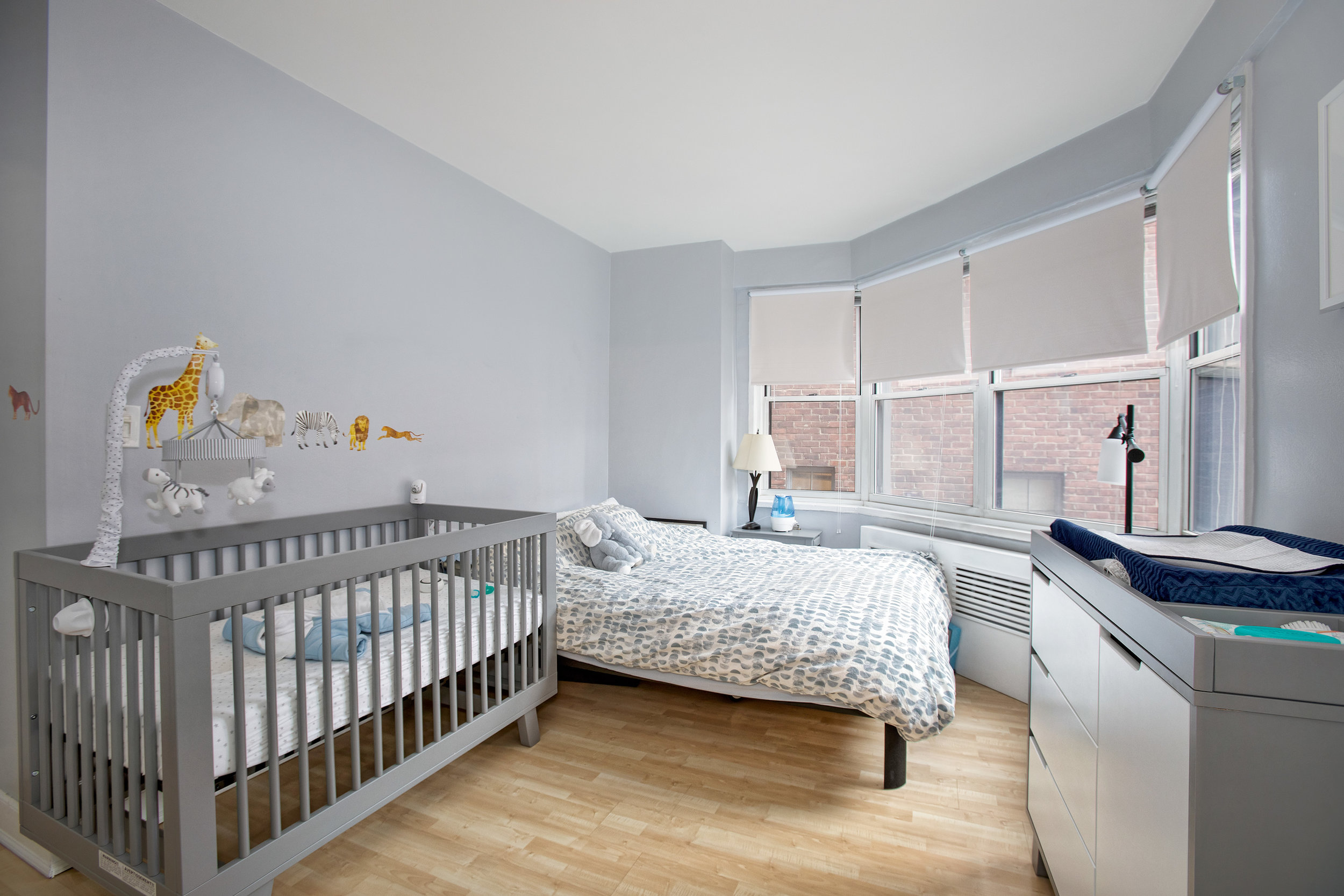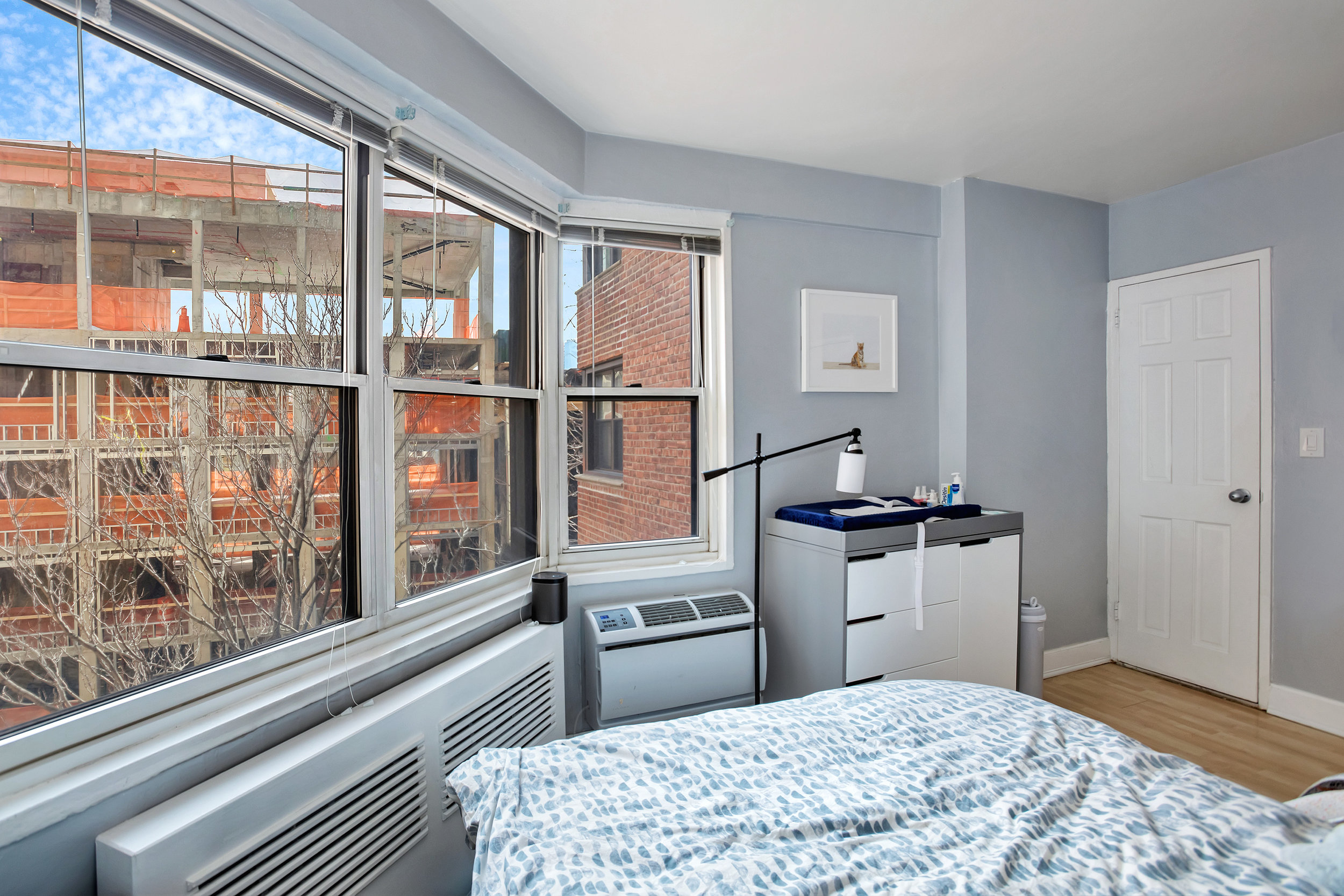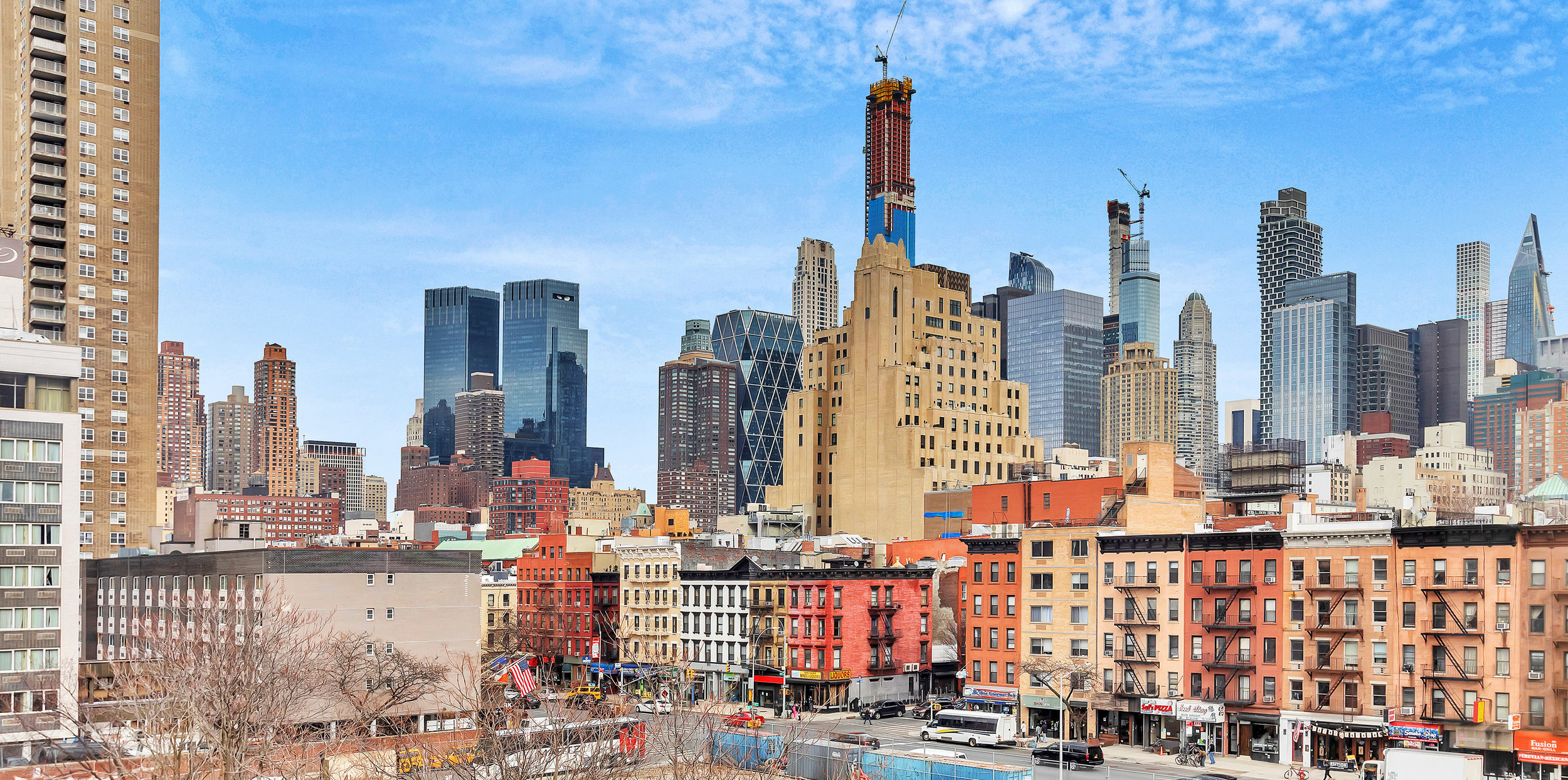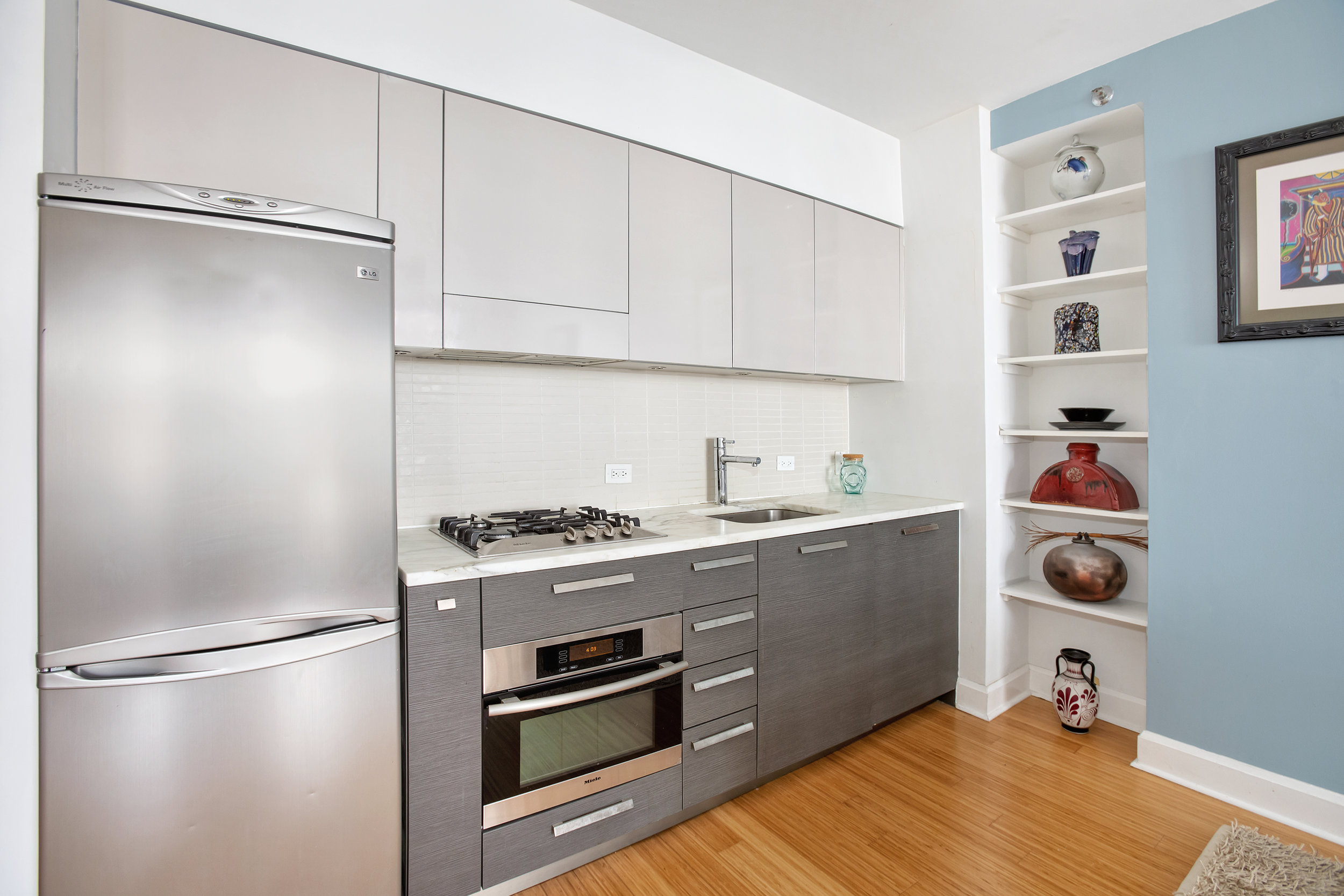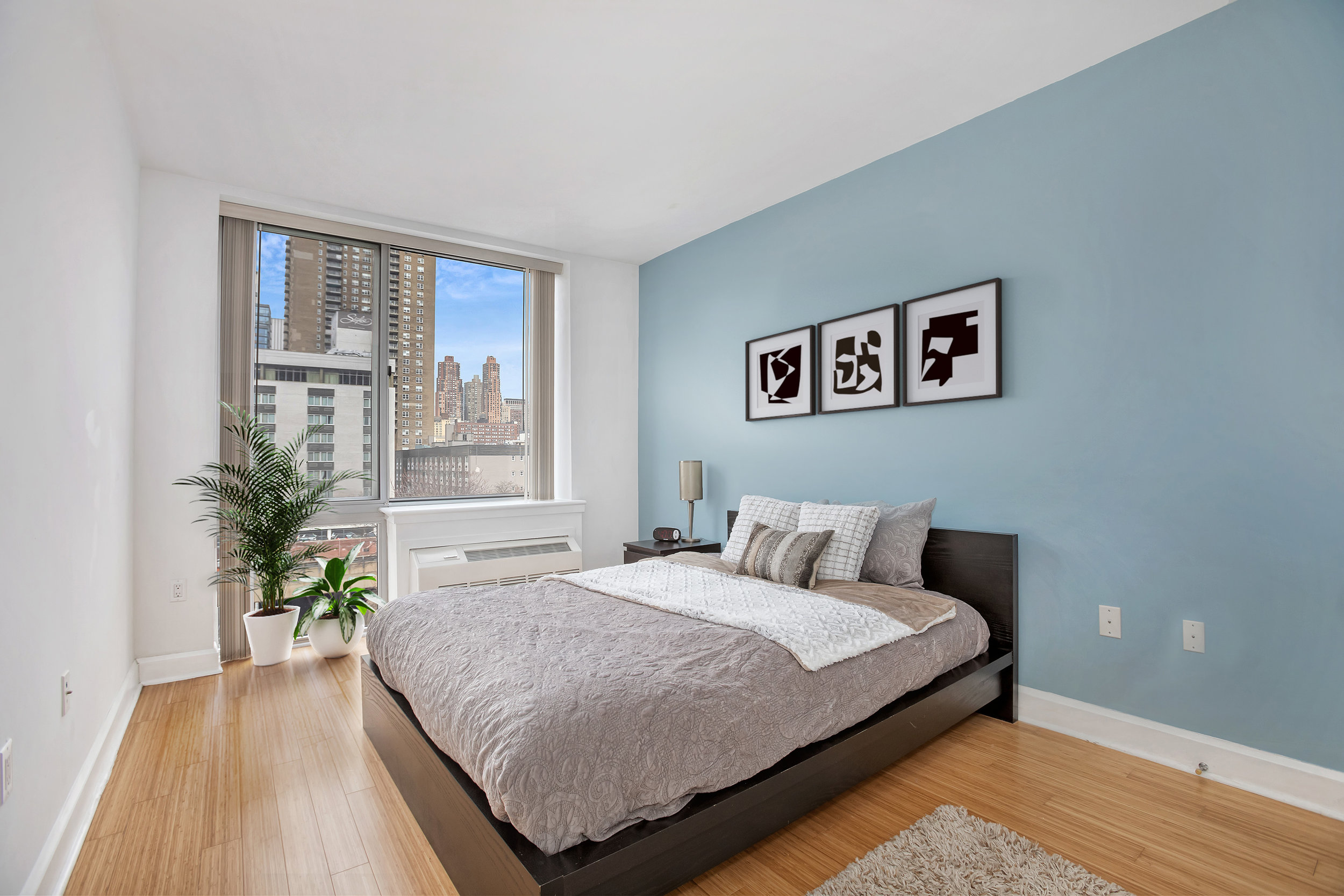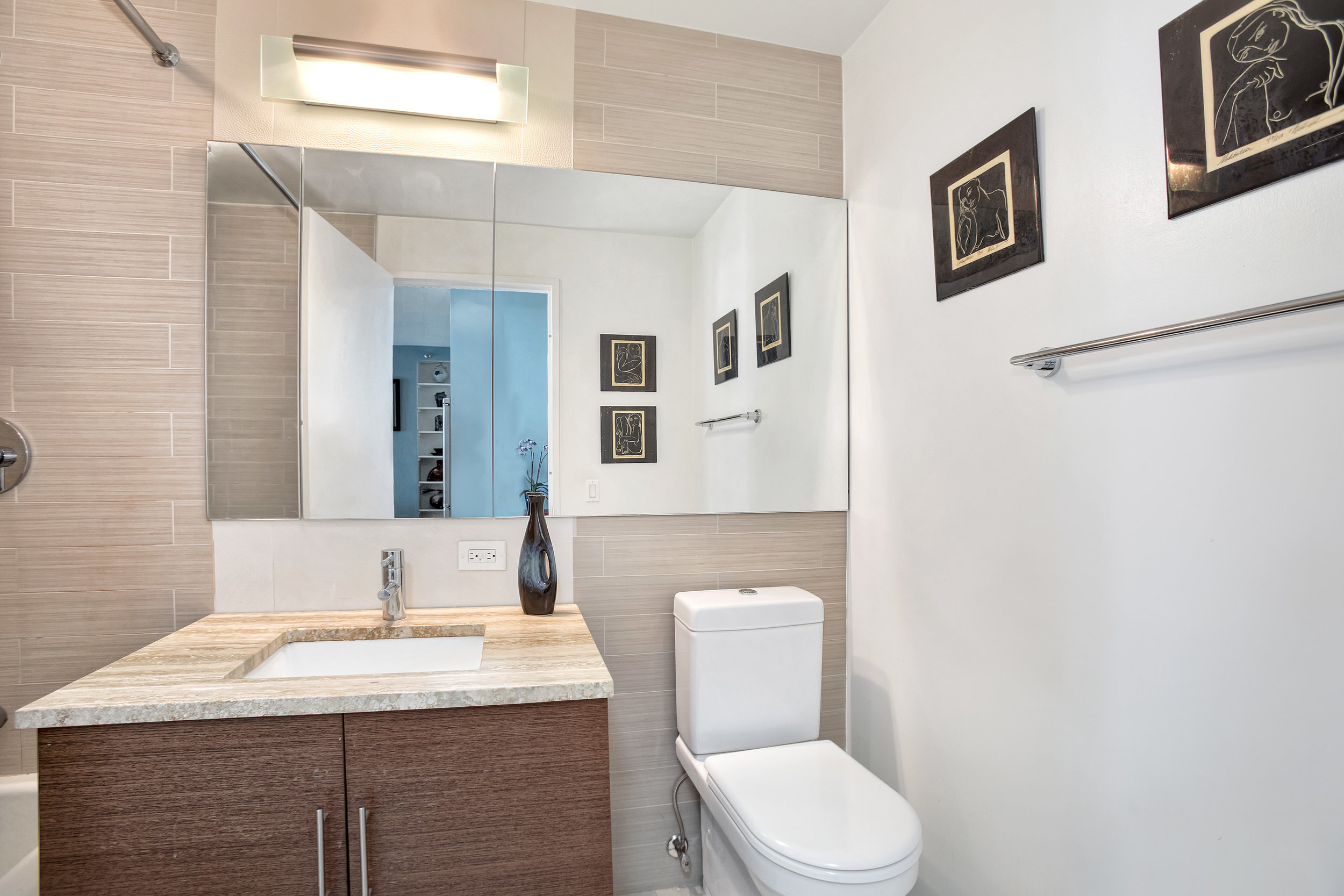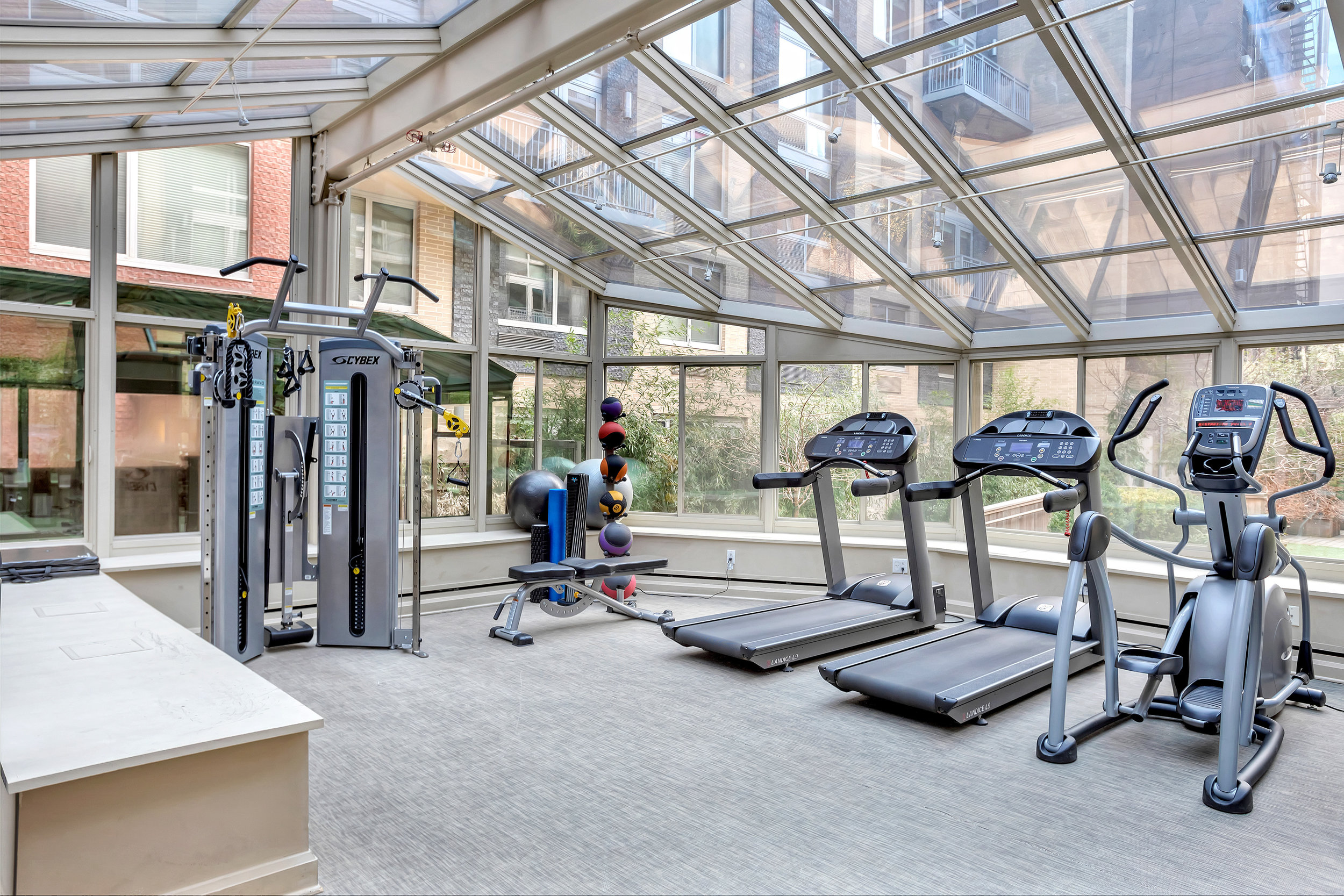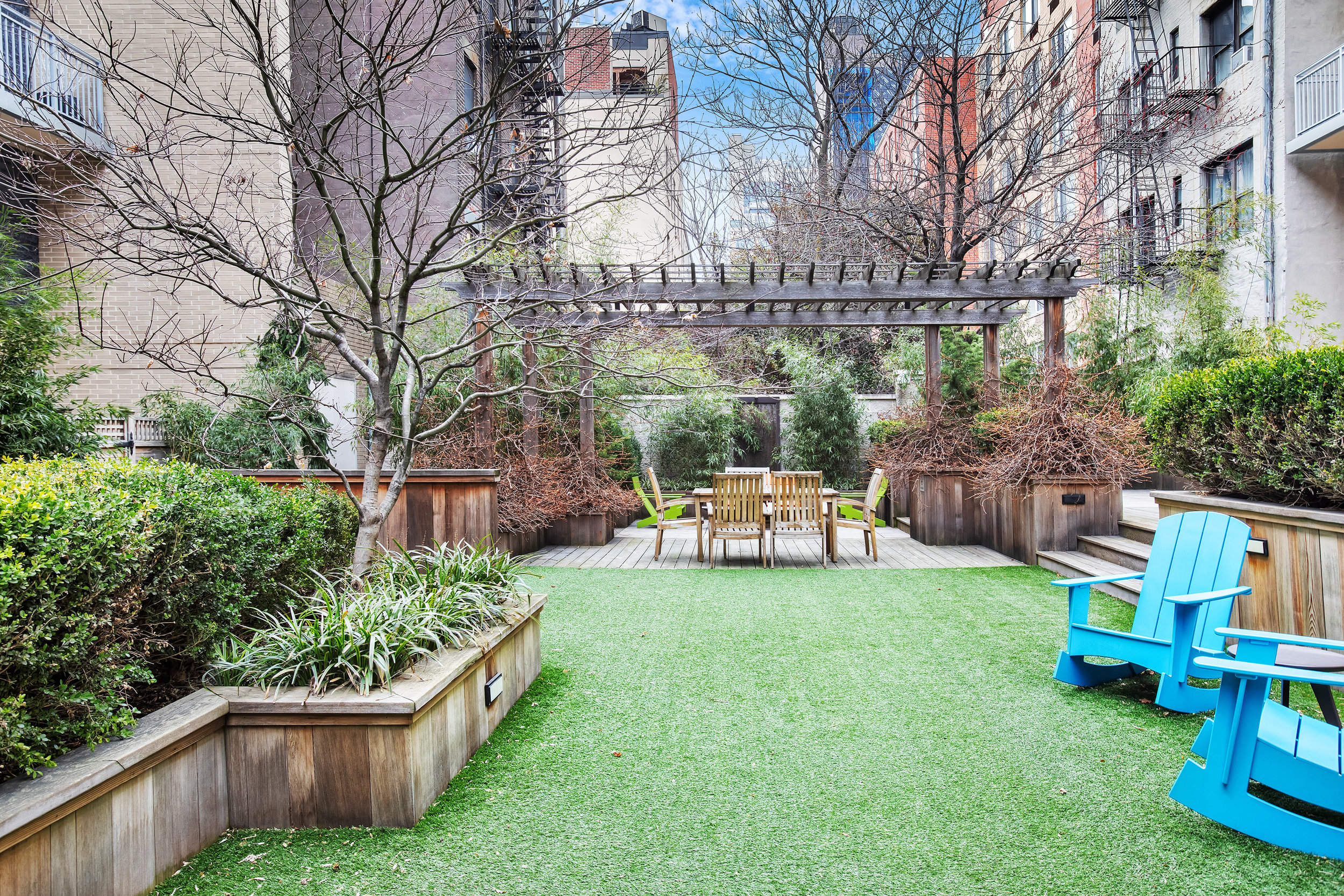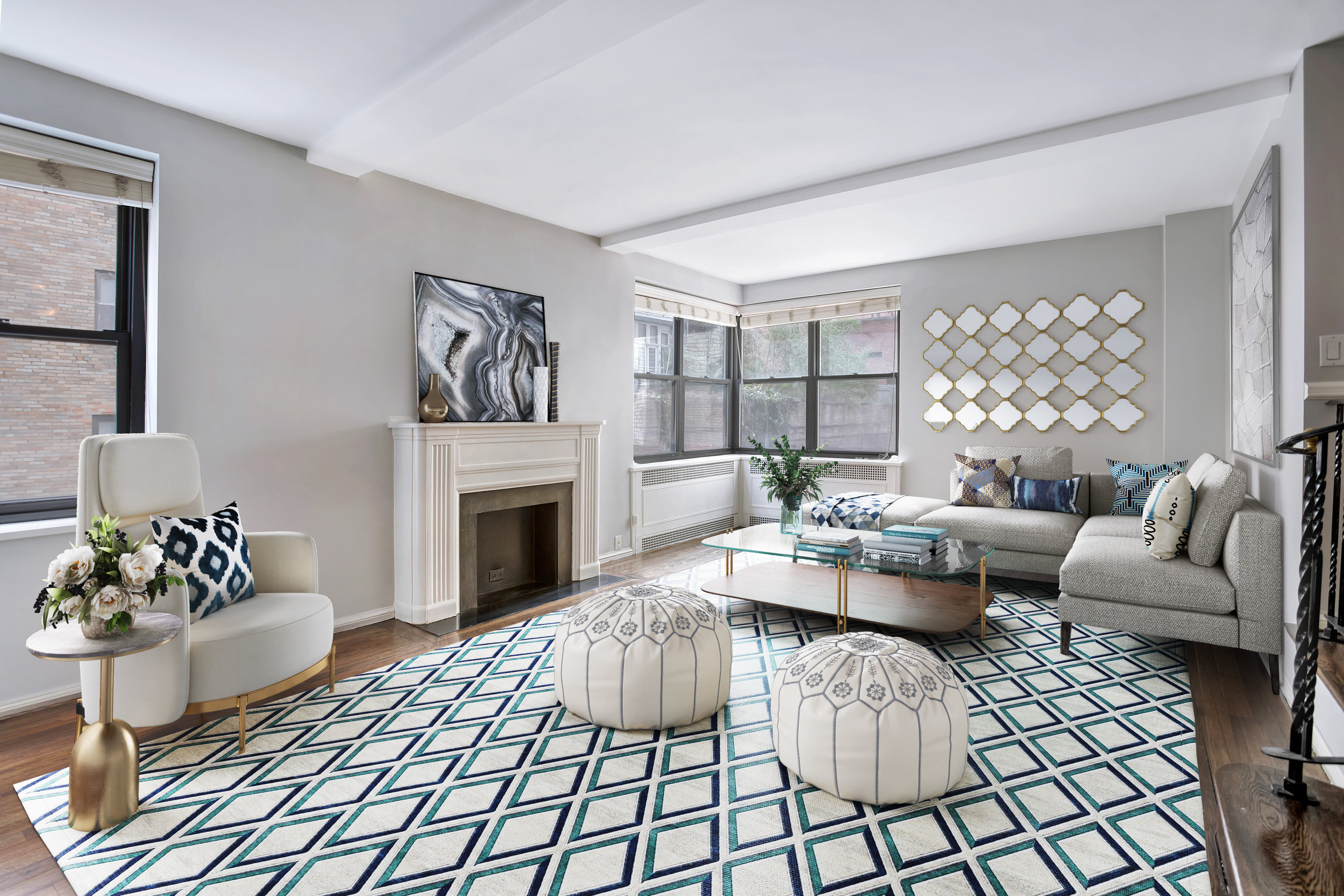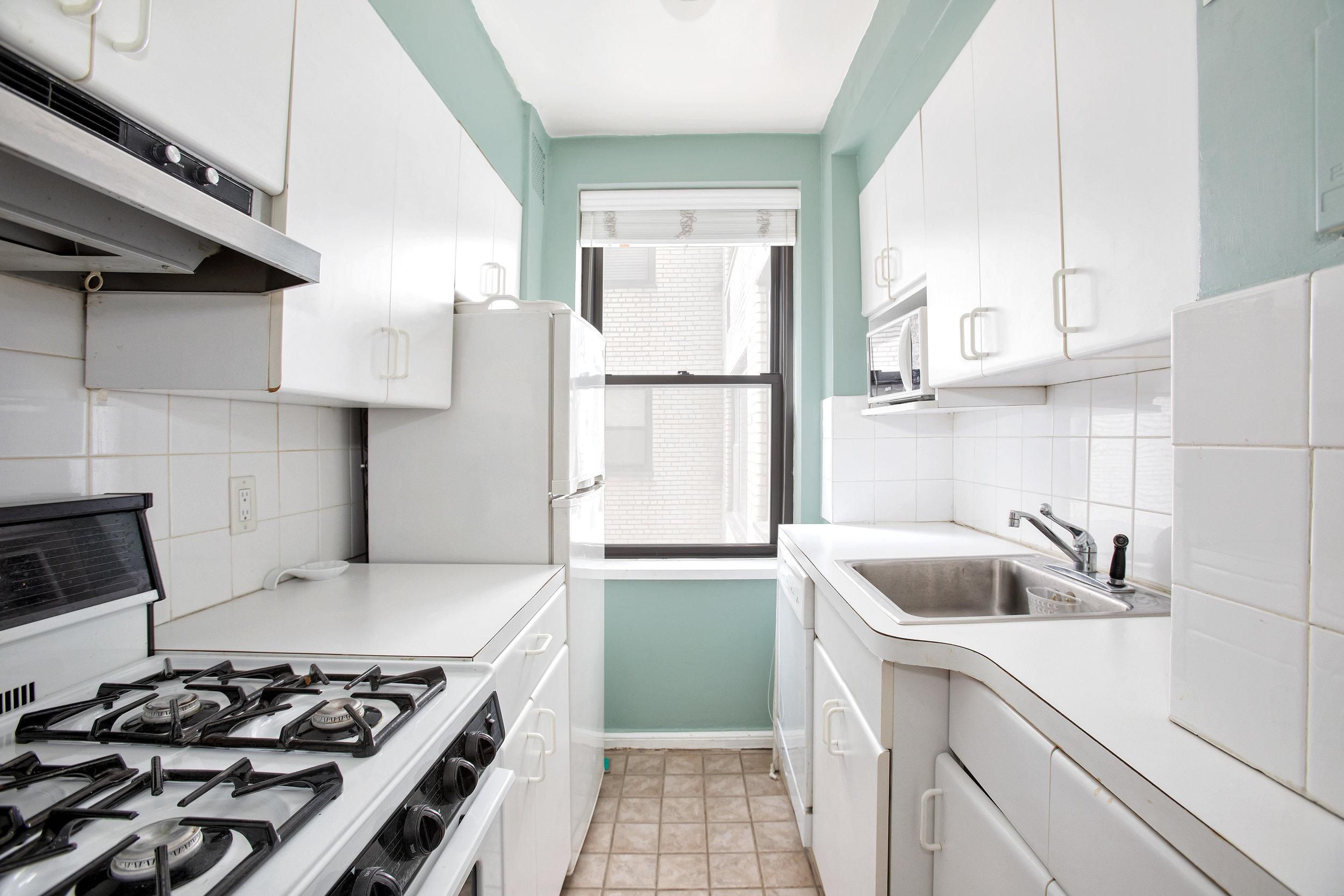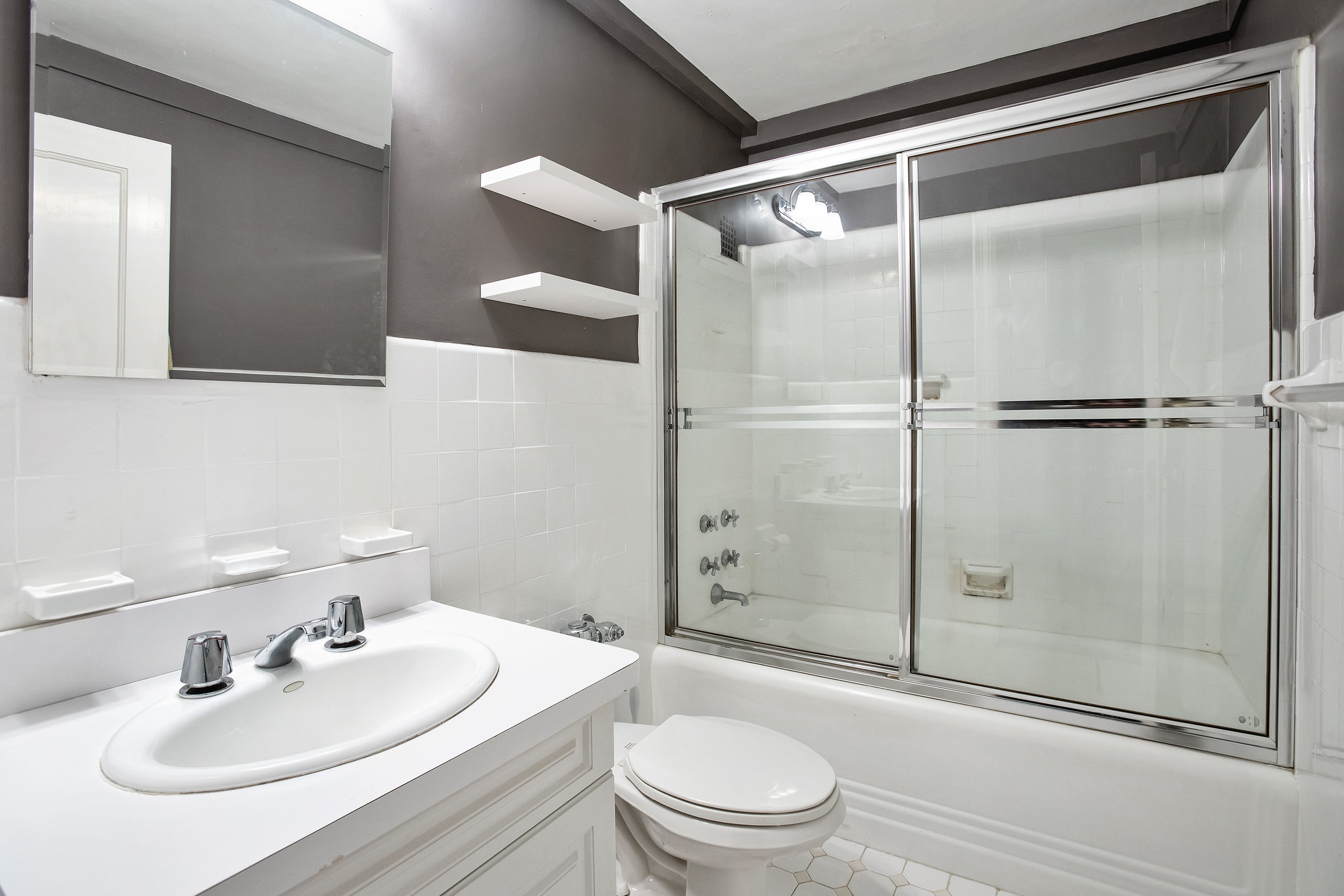Dean & DeLuca has unveiled a new concept—separate from the renowned gourmet market—which seeks to slow down fast food consumption and highlight the artistry that goes into preparing food. STAGE, which opened yesterday at 29 Ninth Avenue in the Meatpacking District, was designed by the German architecture firm Büro Ole Scheeren. It transforms the typical buffet counter into a theatrical space that allows customers to interact with staff and watch their food being prepared.
The titular STAGE refers to a freestanding food counter comprised of two horizontal volumes of mirrored stainless steel. One floats above the other to carve out an illuminated center which acts as a dramatic backdrop for the food and staff—the act of preparing food becomes a theatric experience. The reflective stainless steel surfaces mirror the space around it, creating a unique dialogue with its environment and opening up a strategy for possible expansion into more locations.
“Food—its creation, presentation, and enjoyment—is one of the most important shared human experiences. However, in this instance we are working at the one end of the spectrum that is by definition the least social: fast food,” says Ole Scheeren. “I conceived STAGE as a social magnet, as a spectacular futuristic showpiece that attracts and brings people together and encourages interaction between the people making and the people consuming food. In this way, it has a fundamental social and human ambition.”
STAGE will be open all day, serving sandwiches during the daytime and switching to dinner entrees in the evening. Across from the central island is a coffee and pastry bar which will serve wine and beer at night.
Joel Dean, Giorgio DeLuca, and Jack Ceglic opened the first Dean & DeLuca store in Soho in 1977. “Their original store was a veritable ‘Wunderkammer’ full of drama and surprises,” says Scheeren. “Their passion for what they did, combined with a deeply personal view of the qualities of food, its cultural relevance, and connection to other art forms—from opera, to visual art and display—inspired a whole generation of New Yorkers.”
In recent years, its high-end vision has struggled to compete with chains like Whole Foods. DeLuca sold most of the company to Pace Development Corporation in 2014 and there are only four remaining markets in Manhattan.




